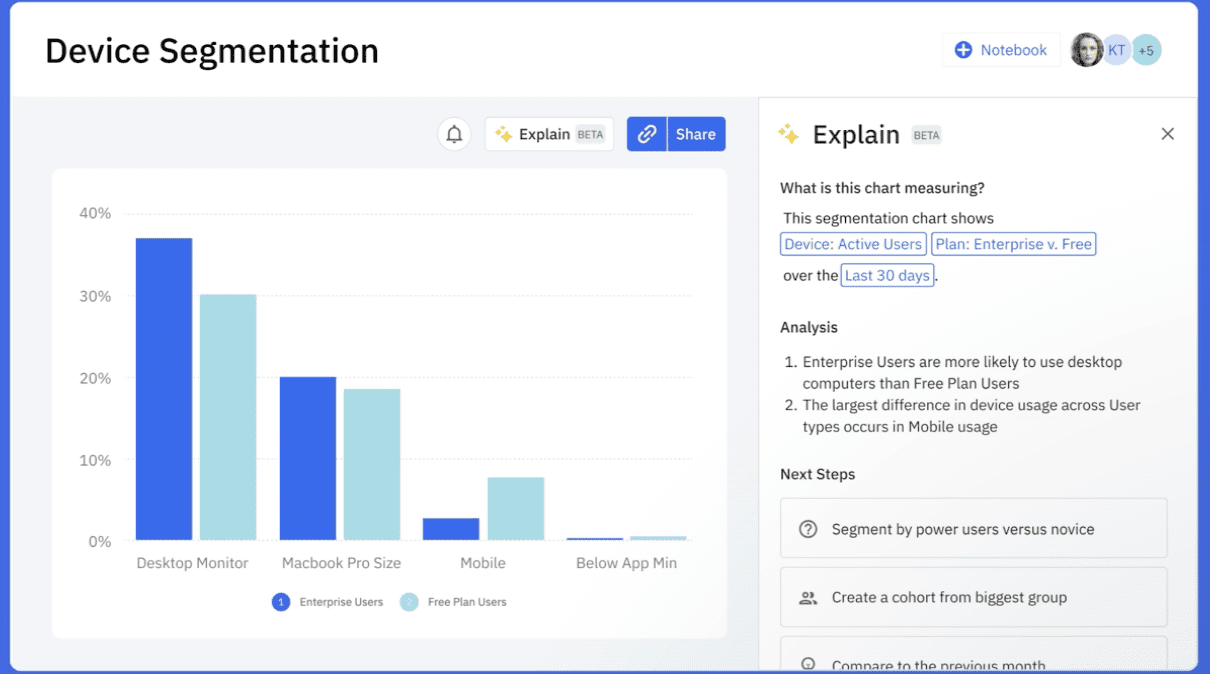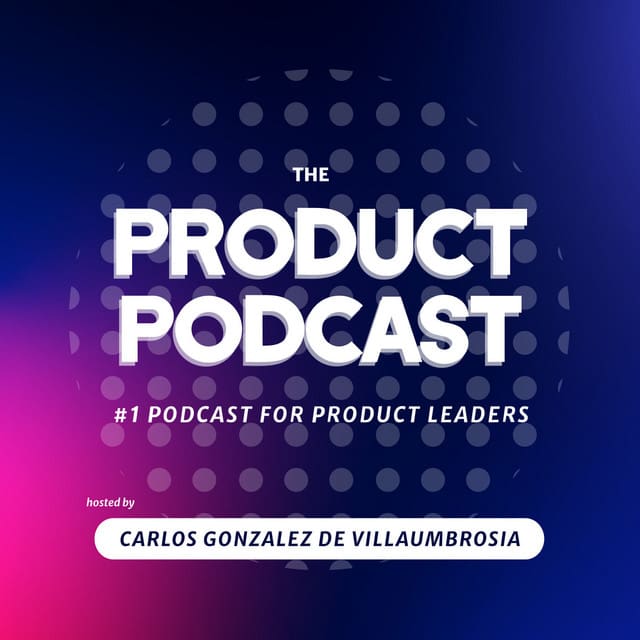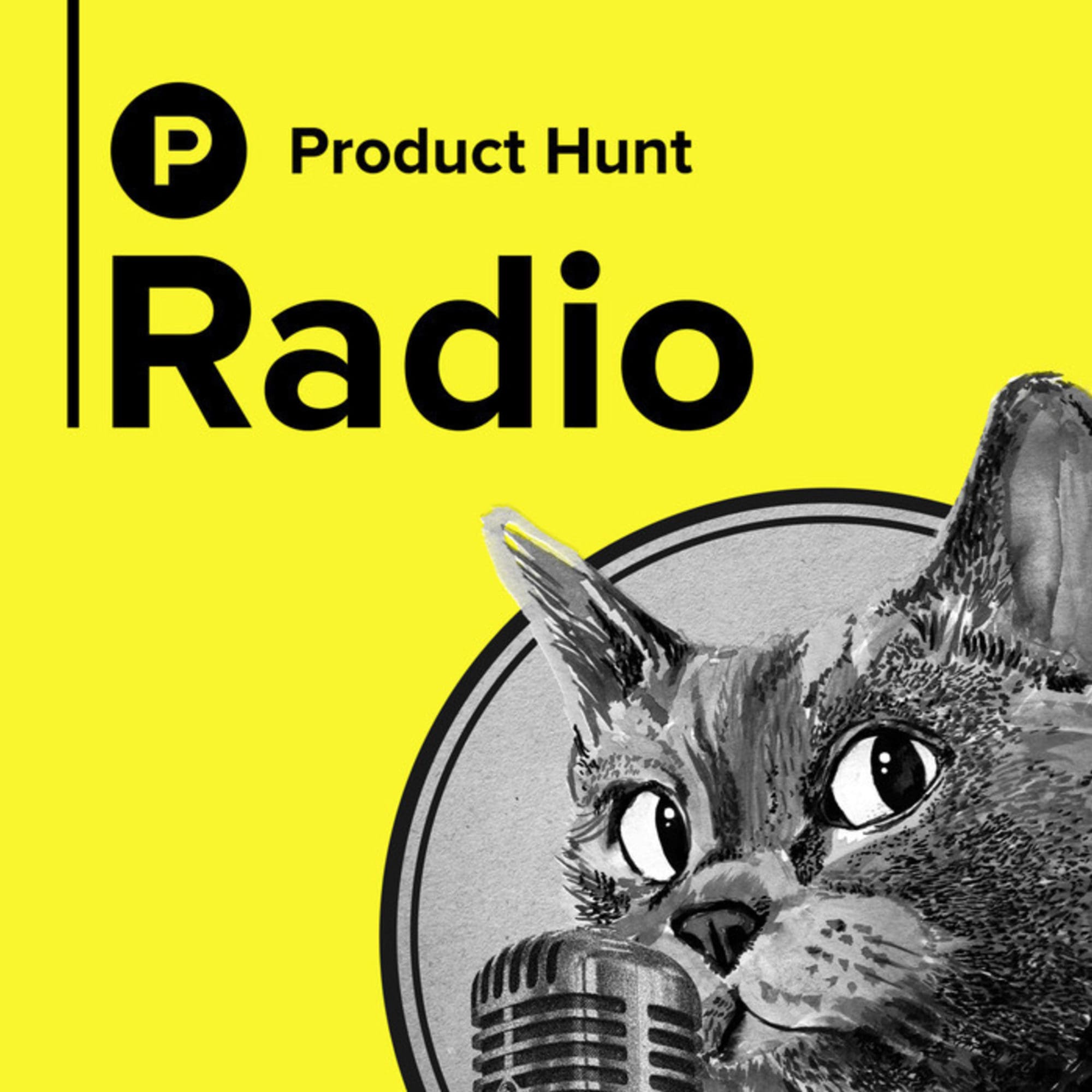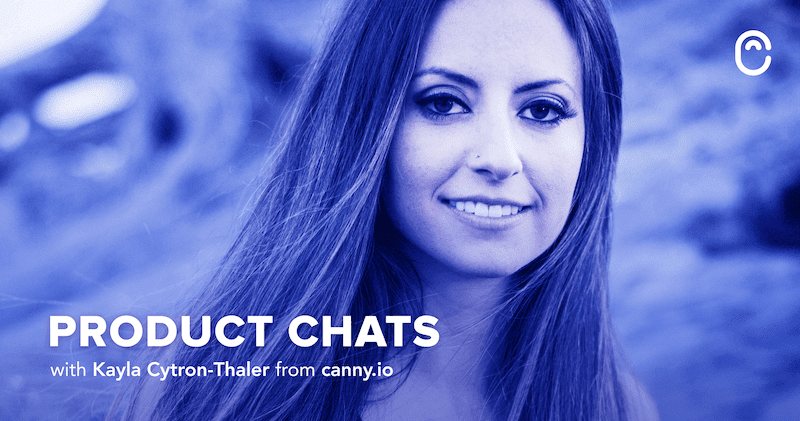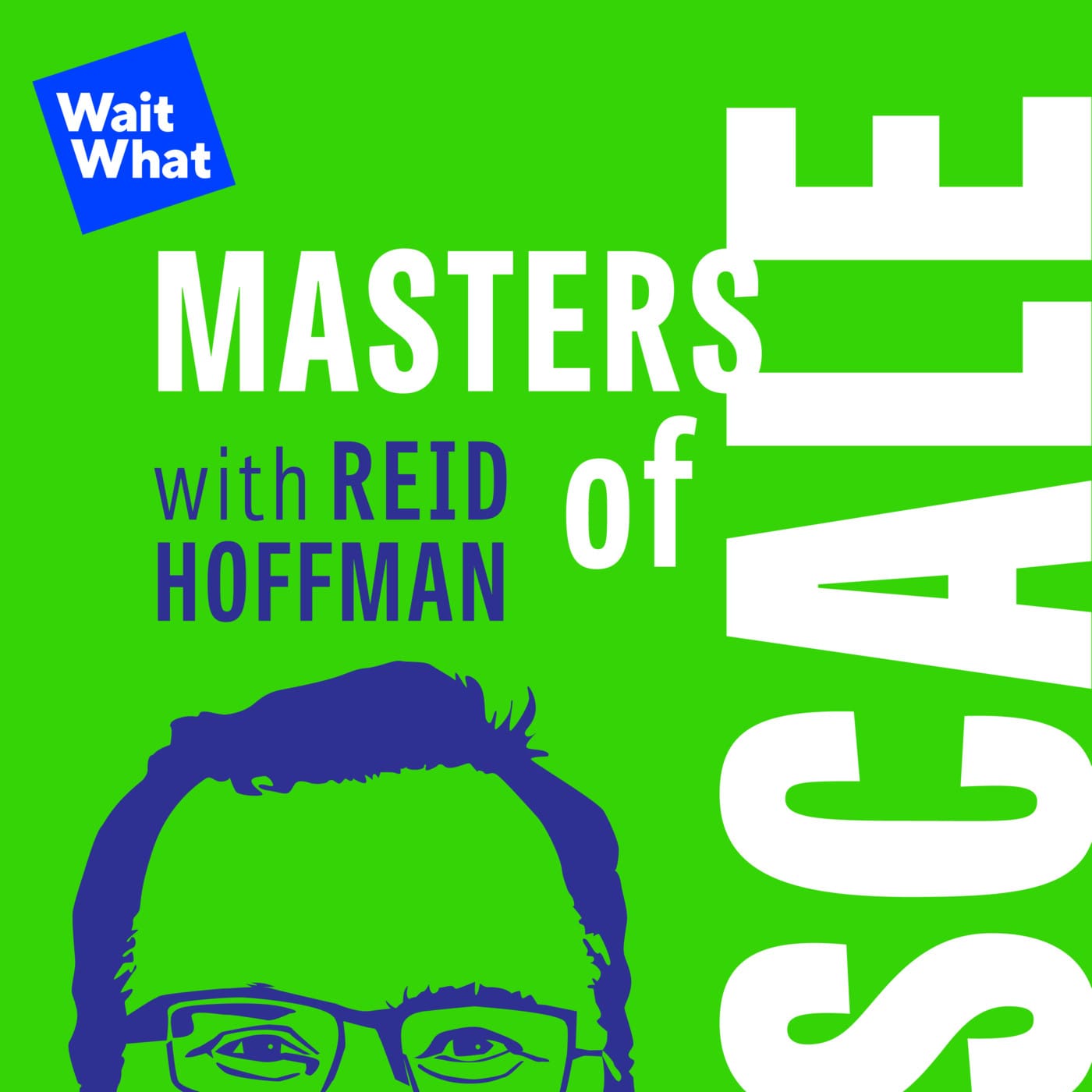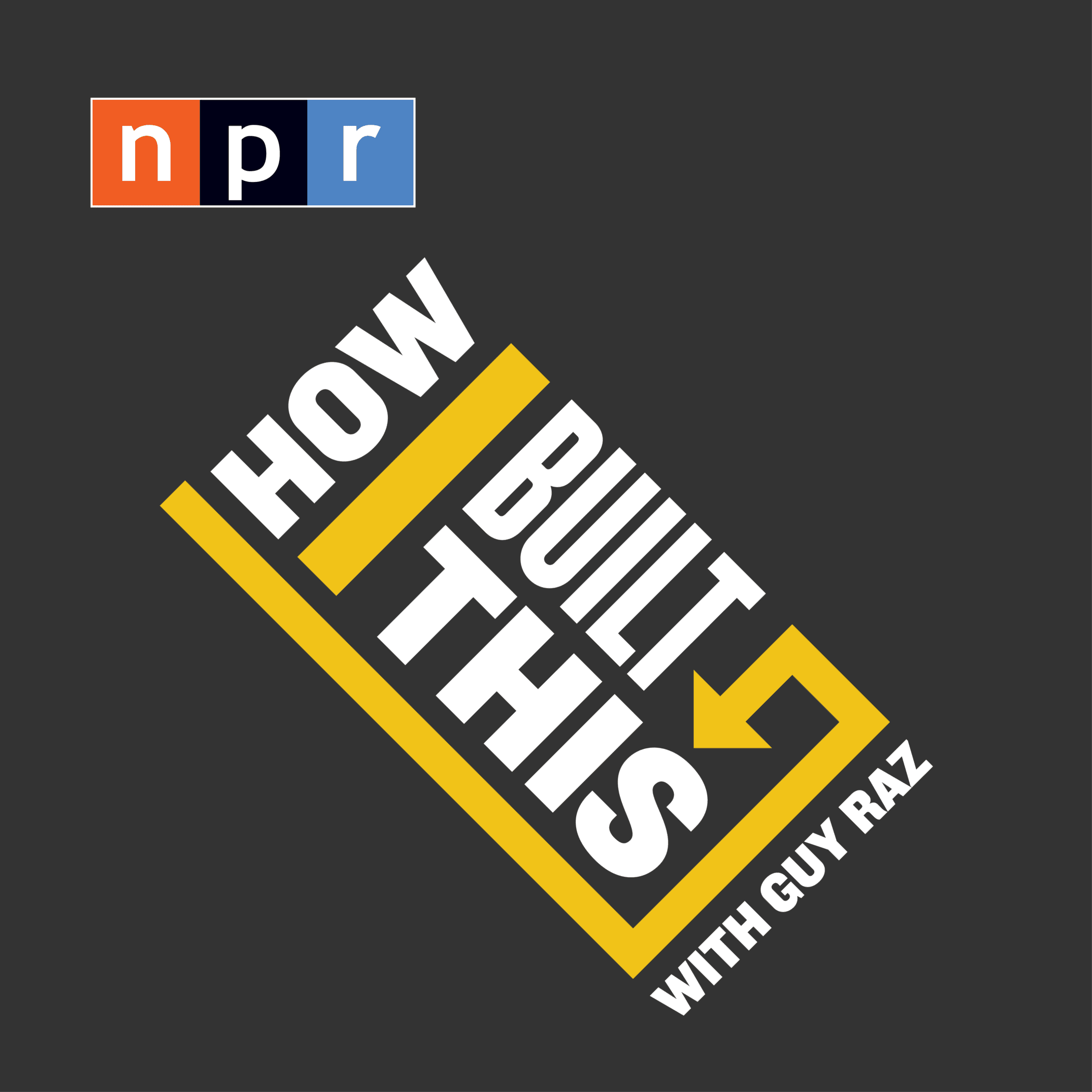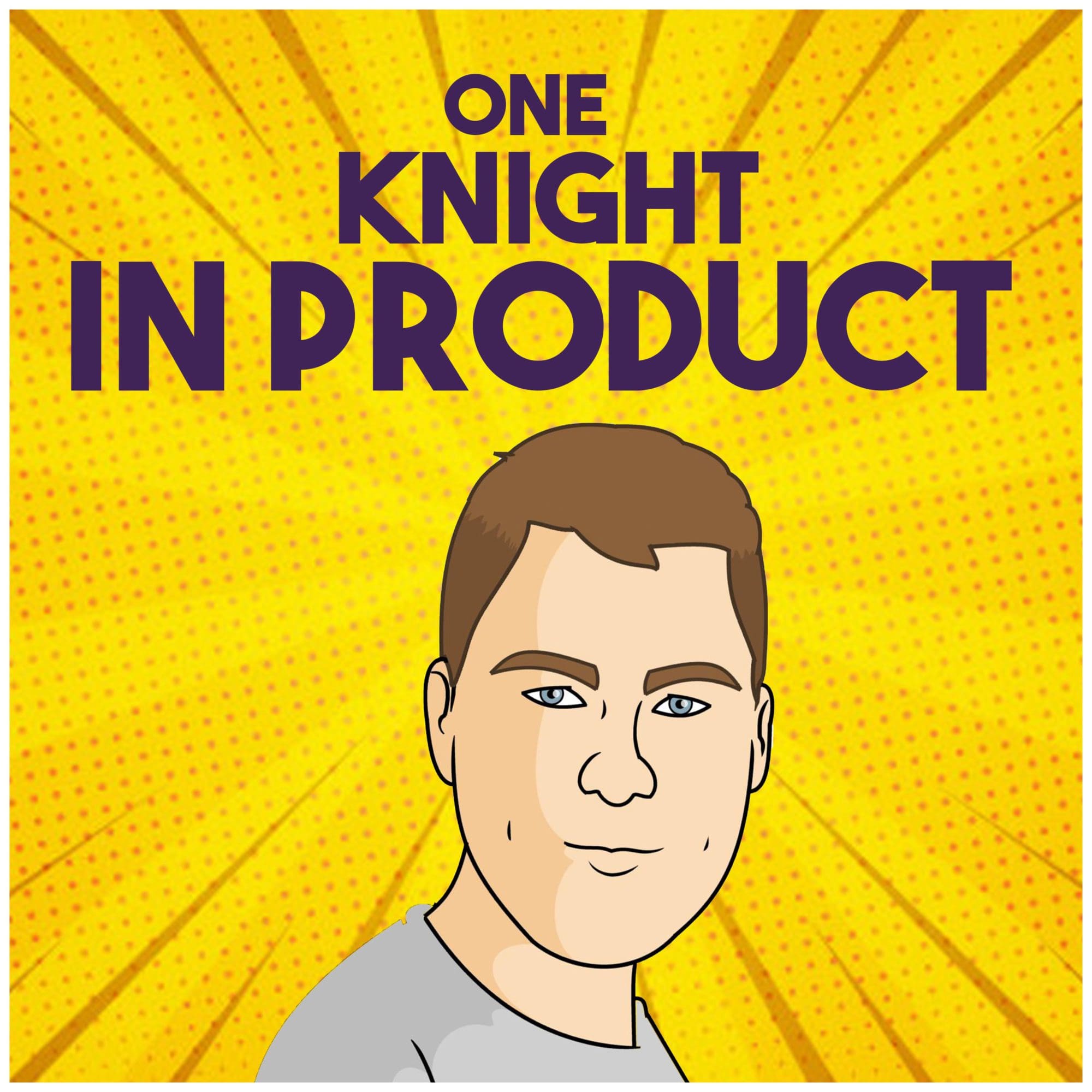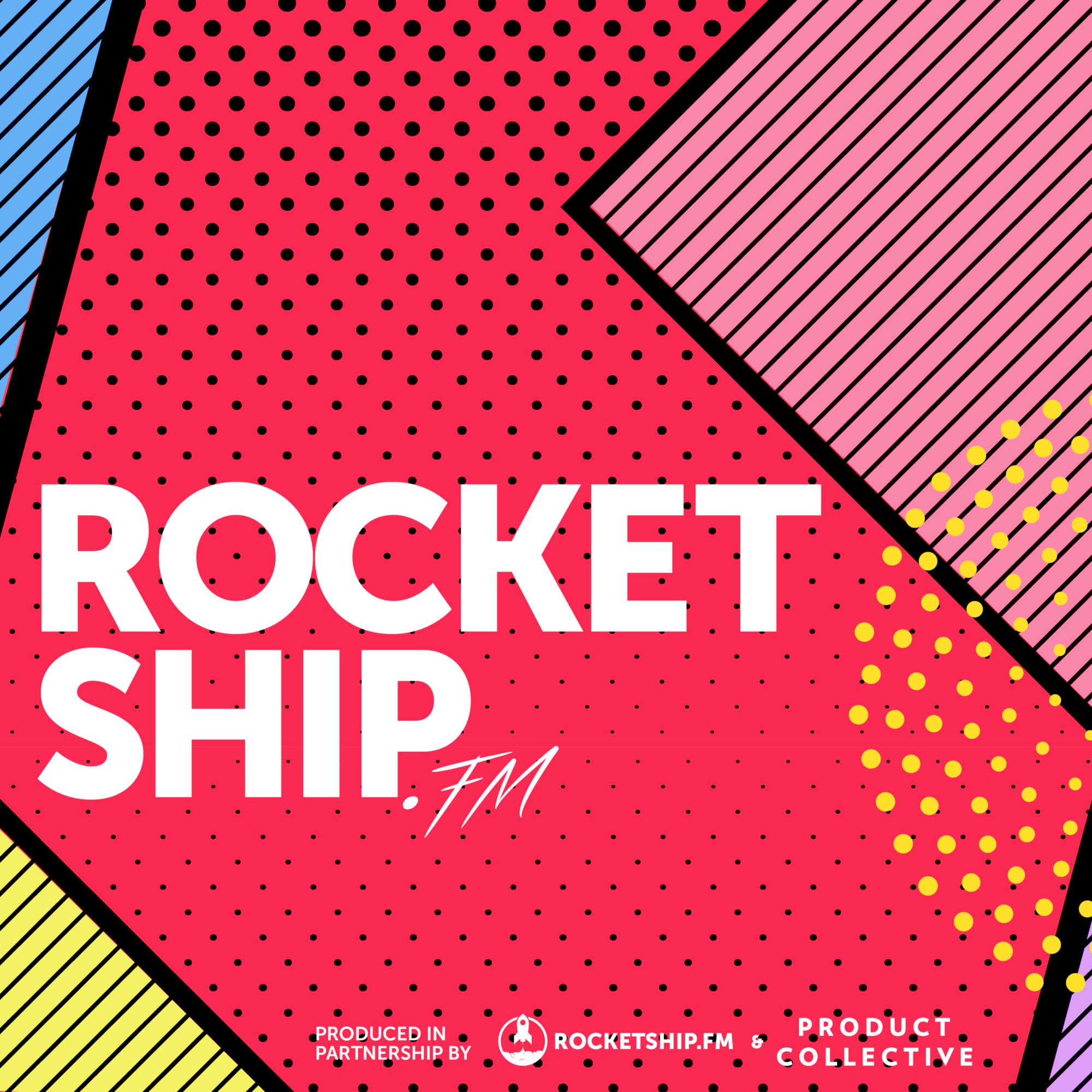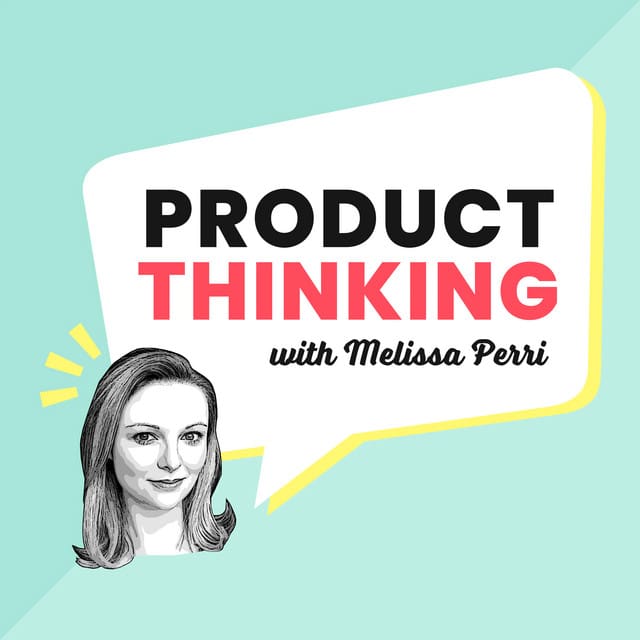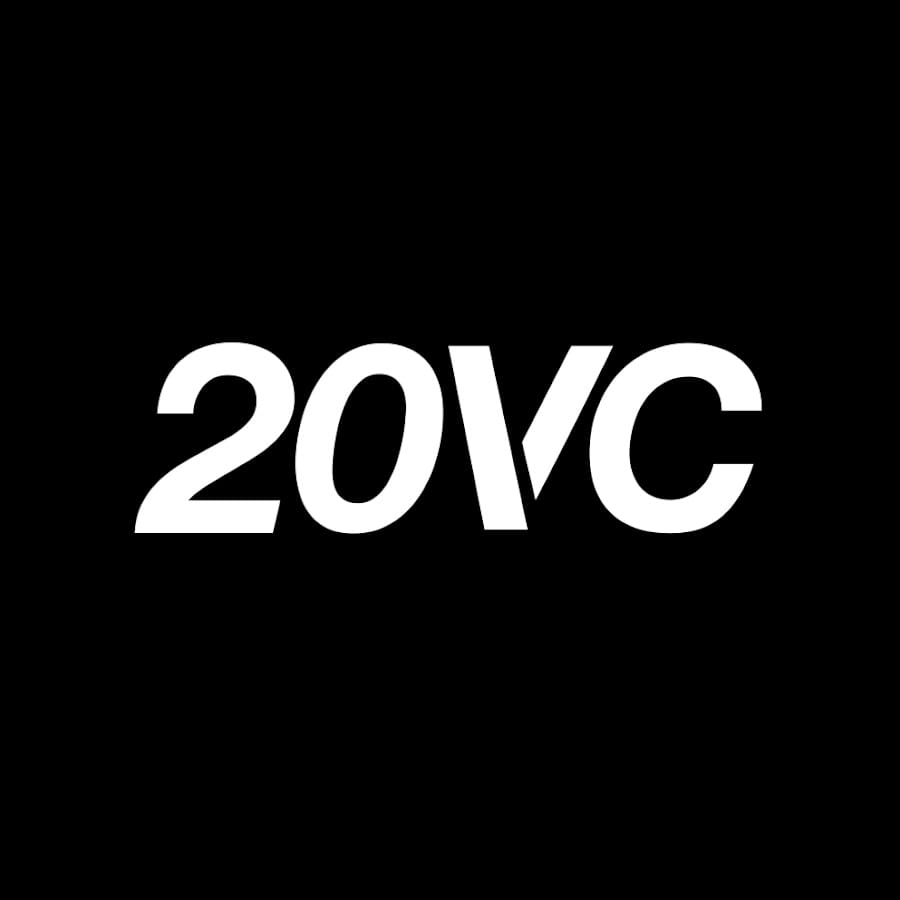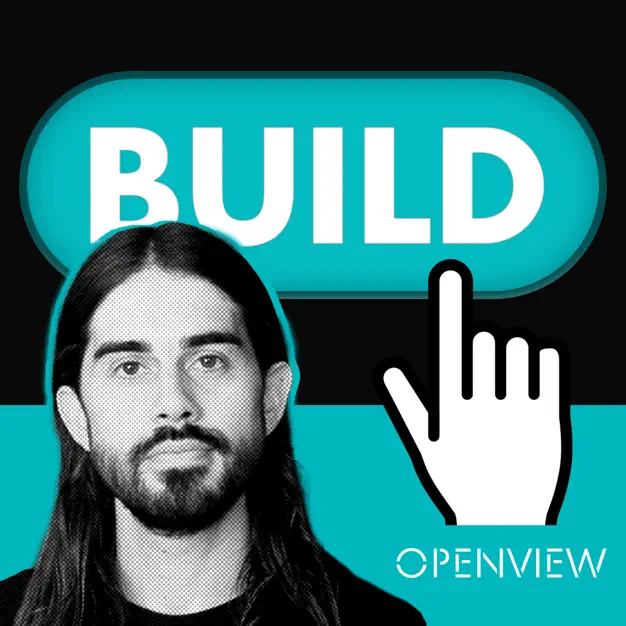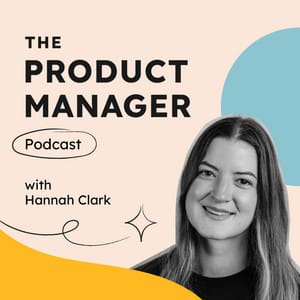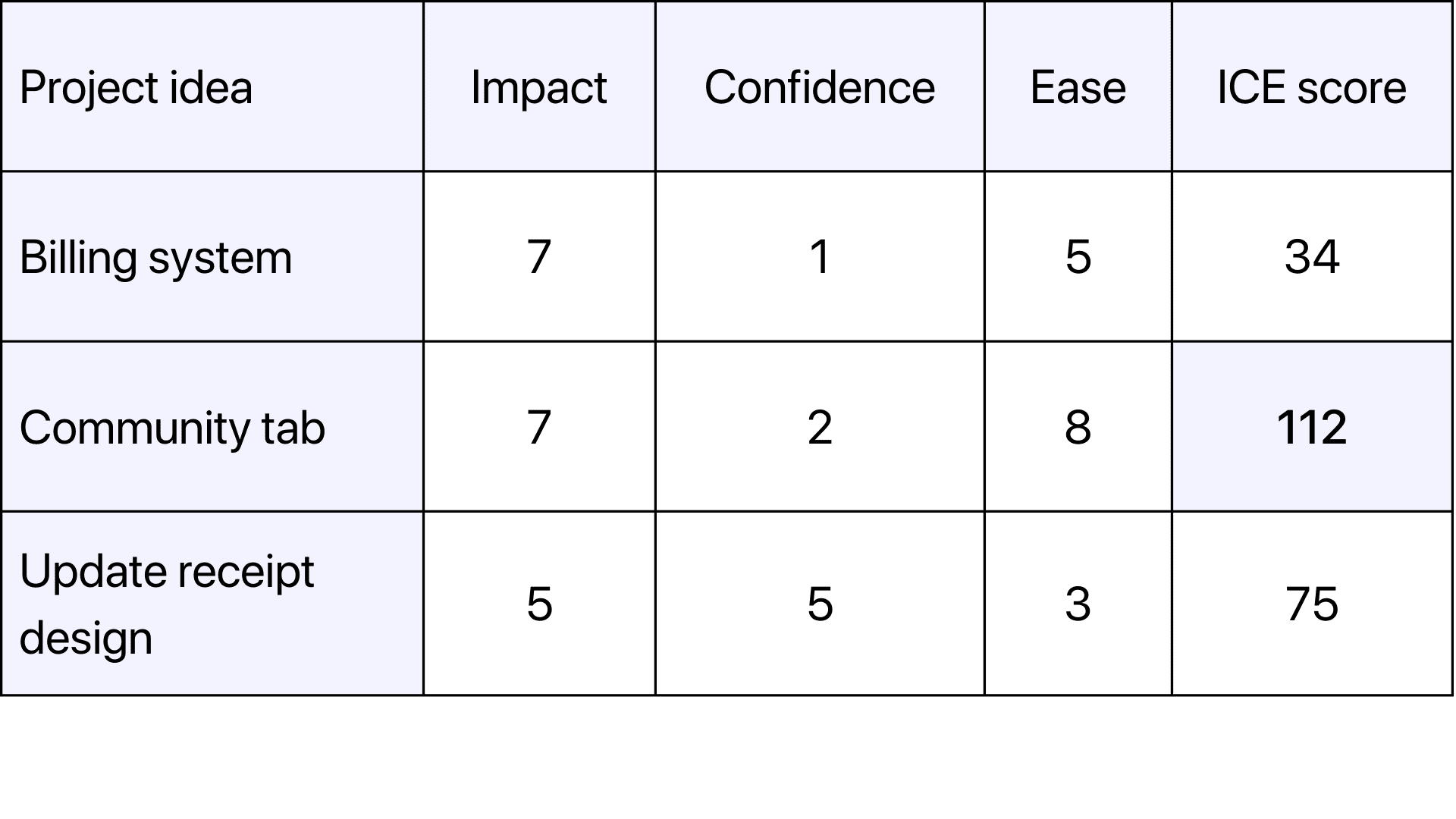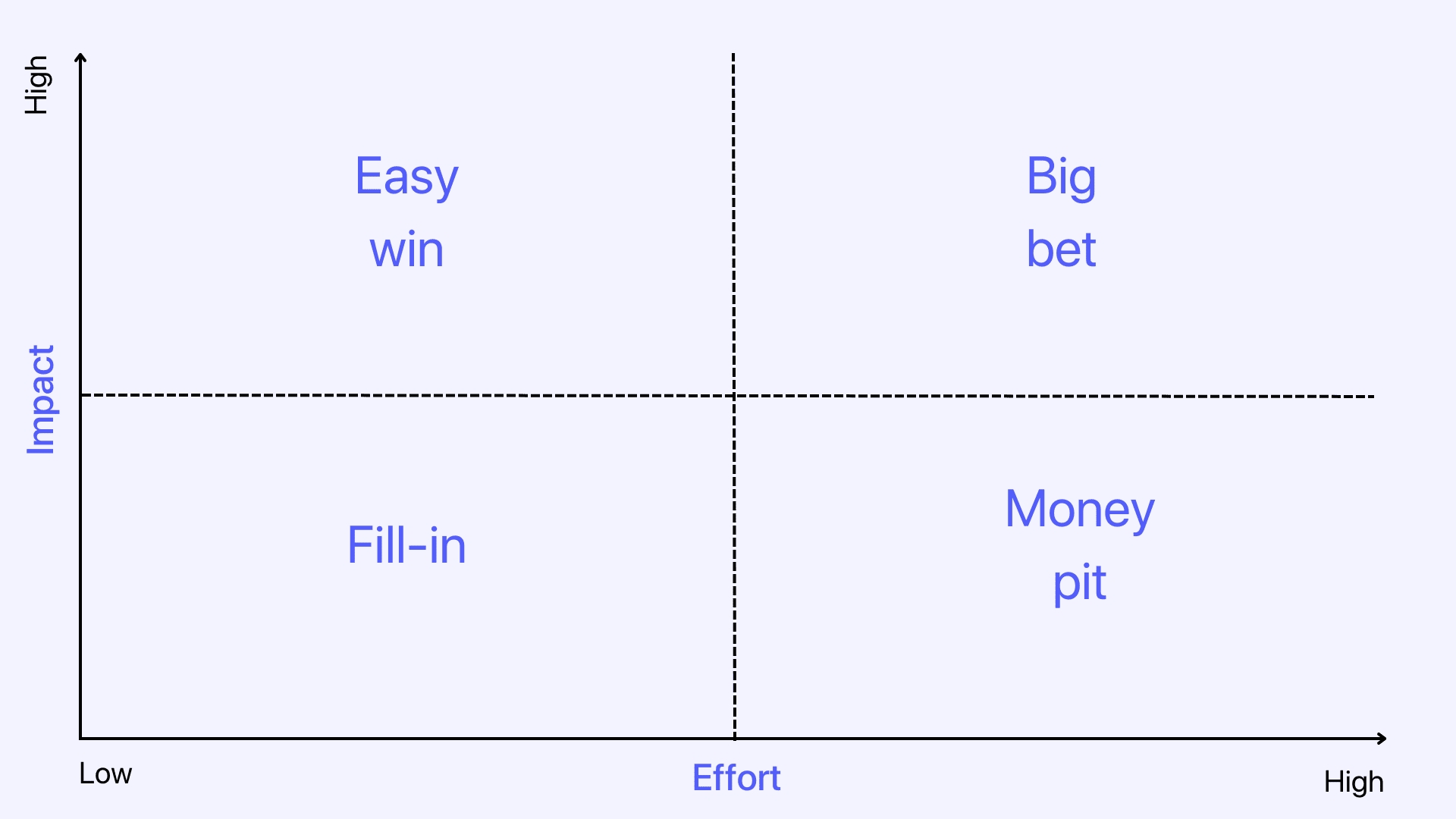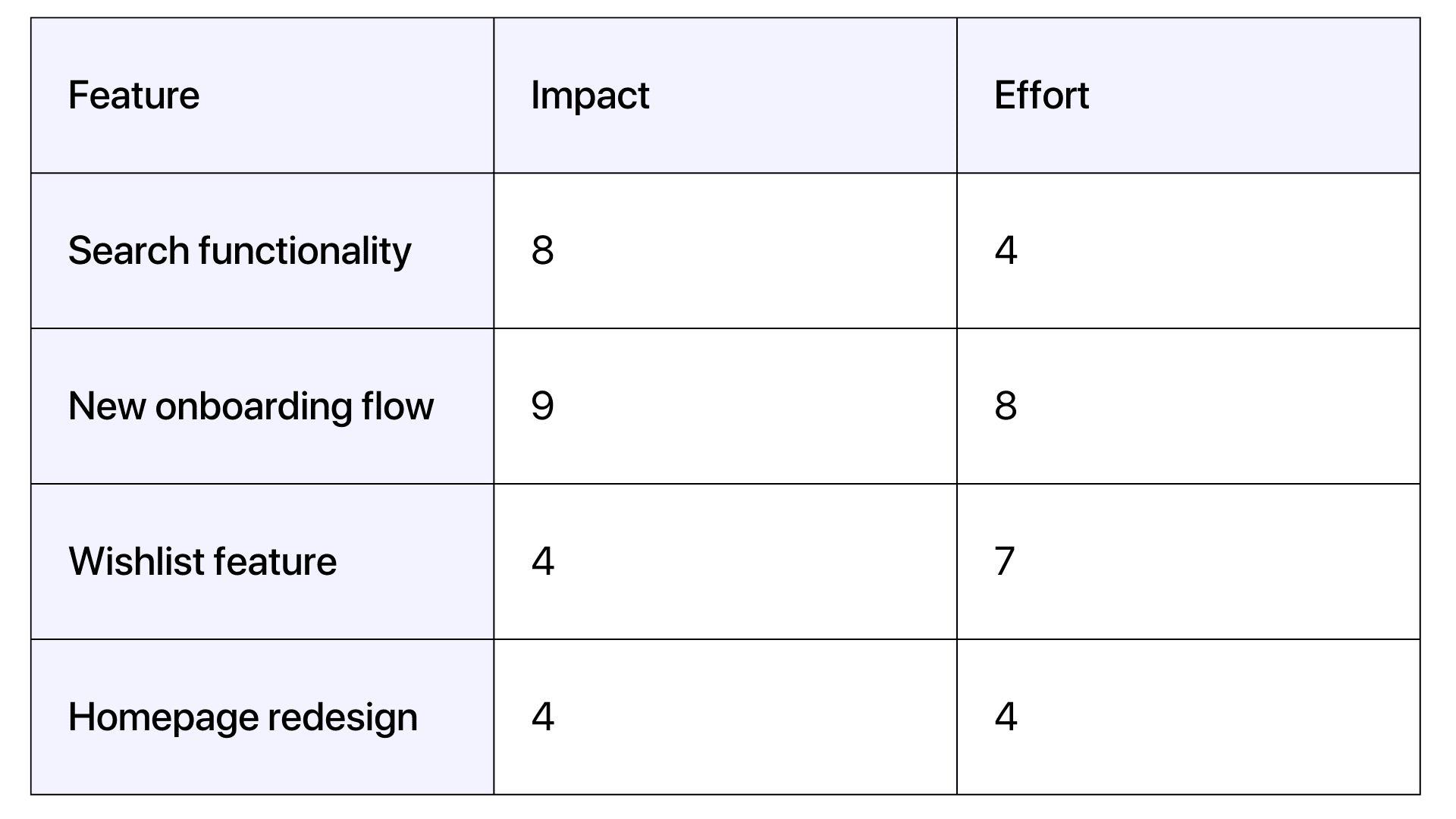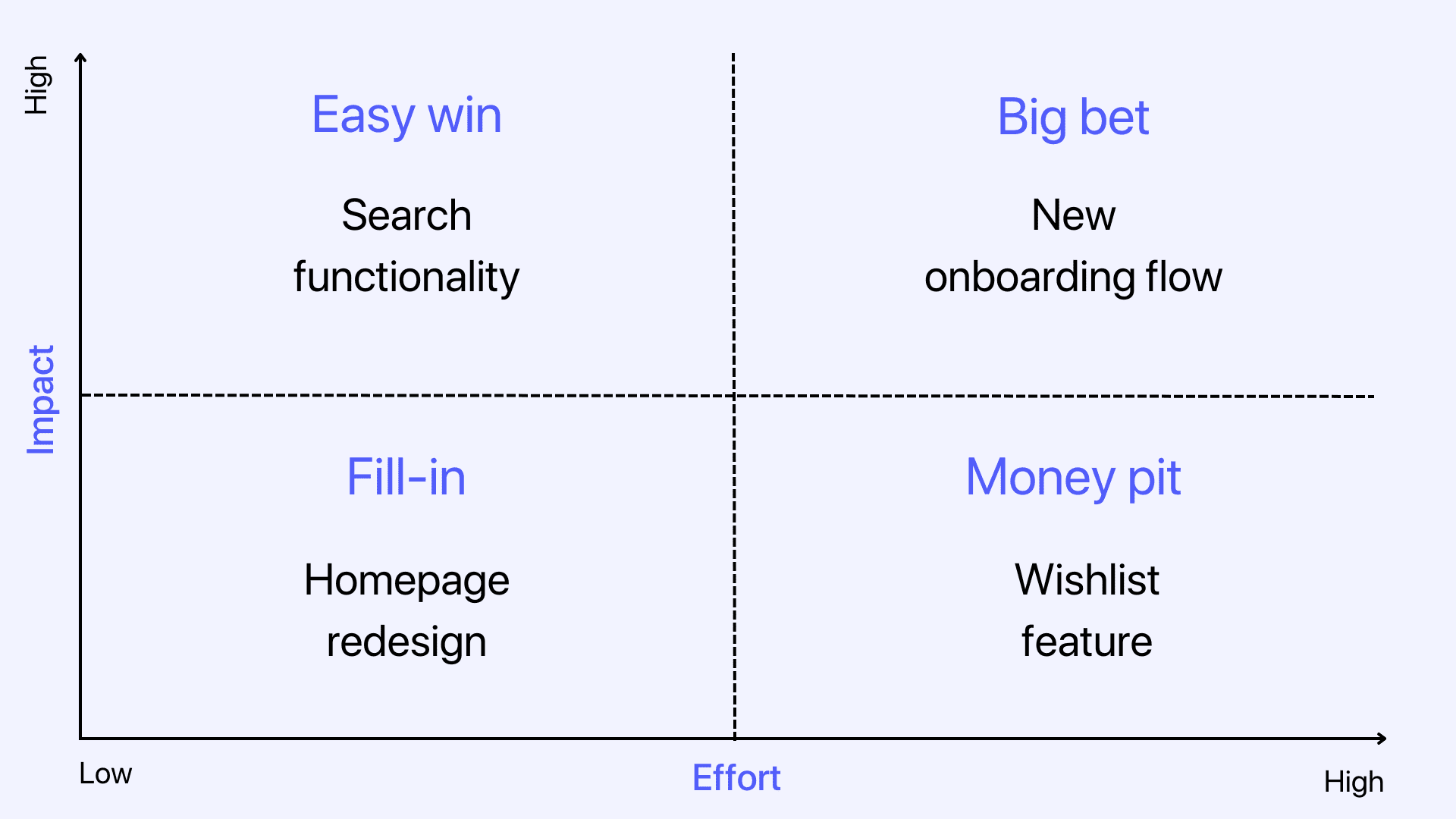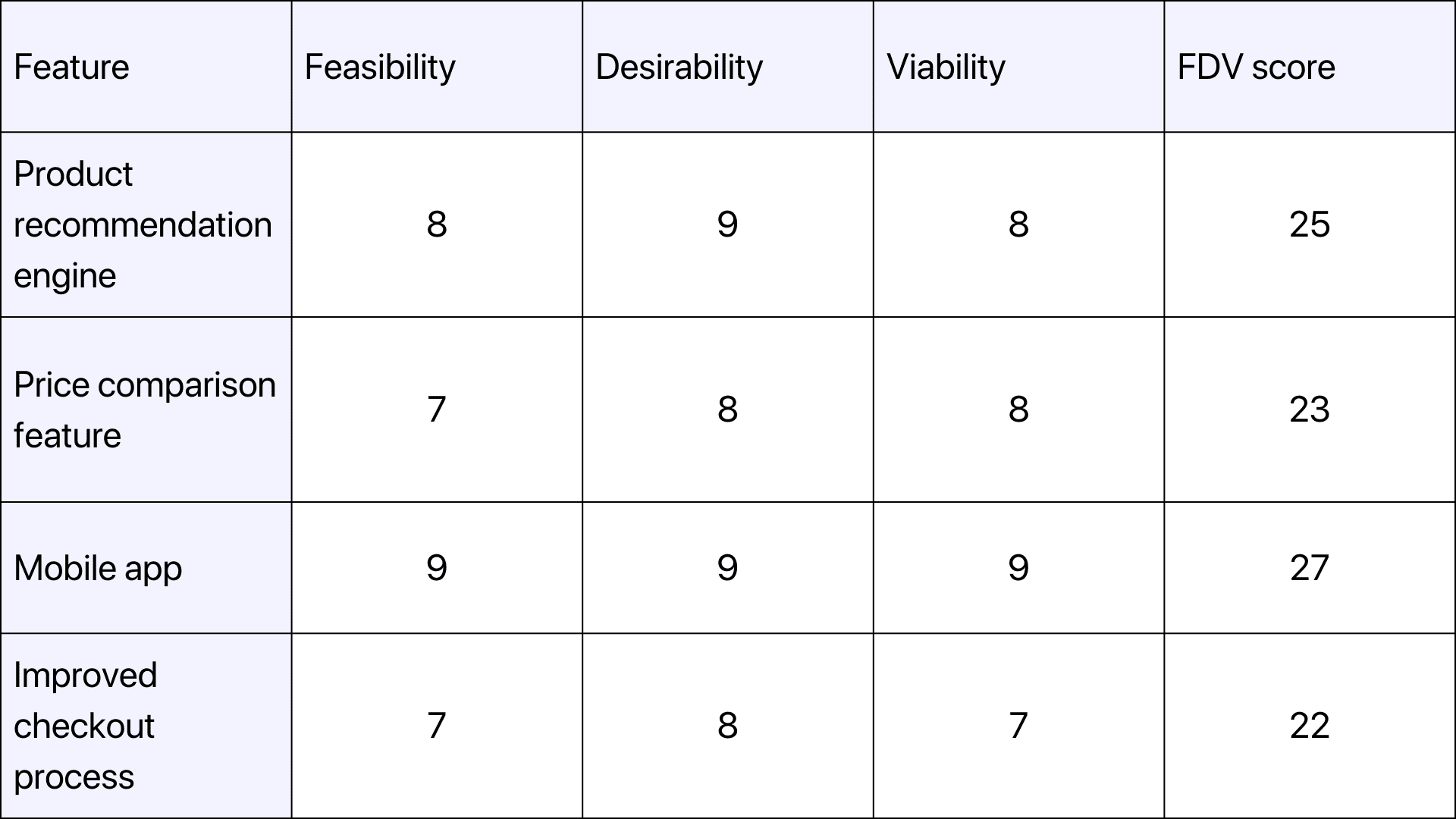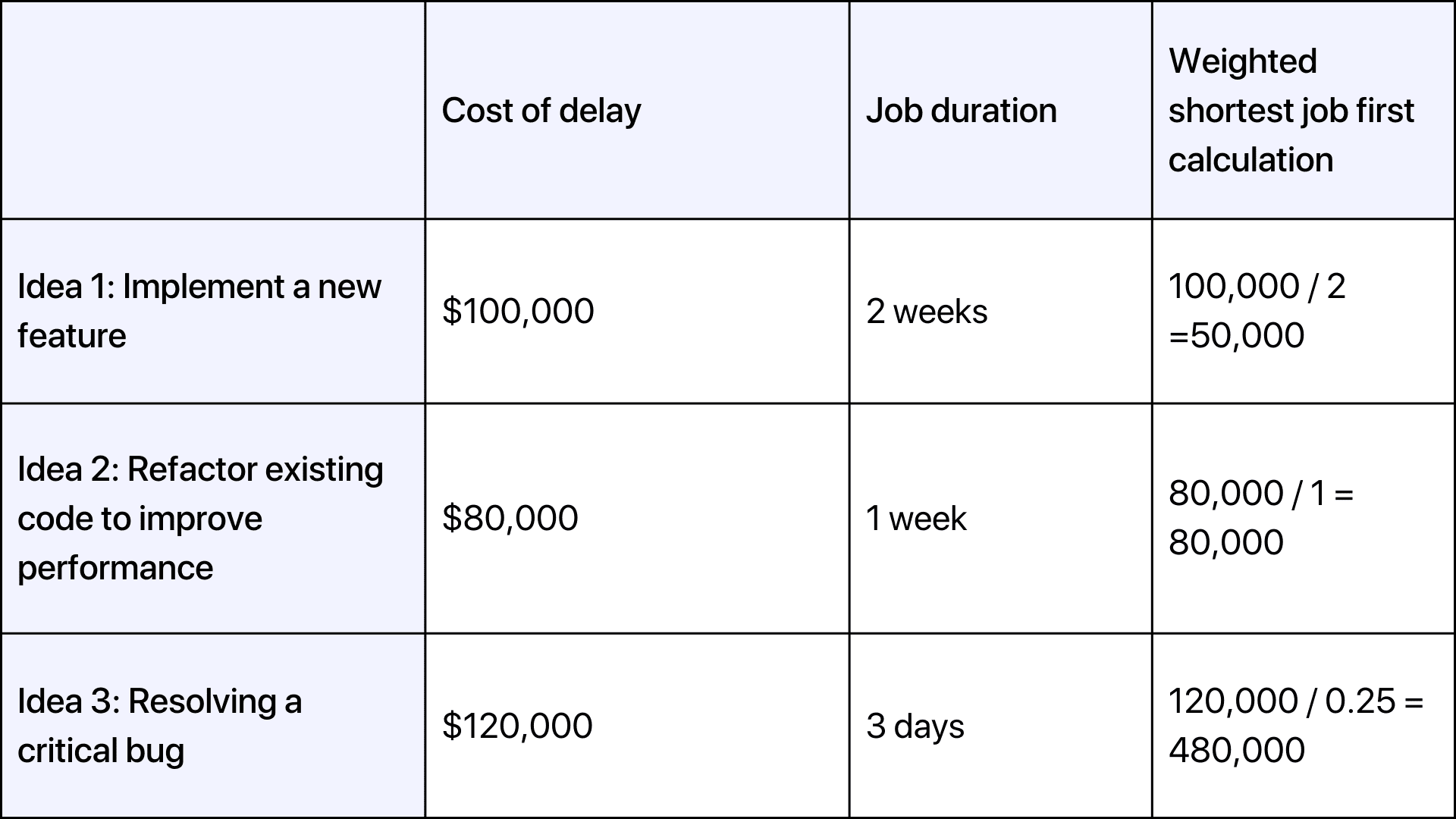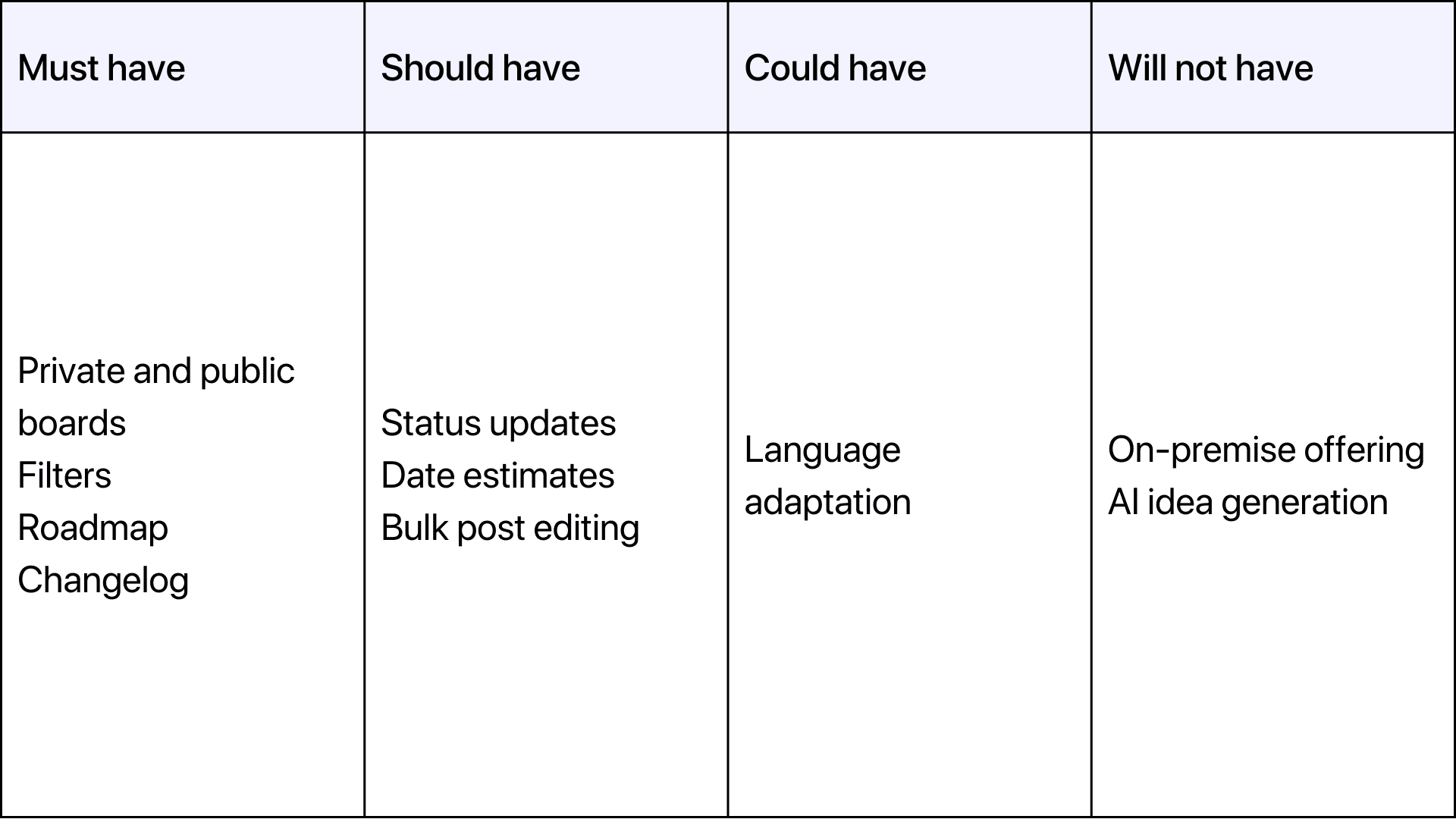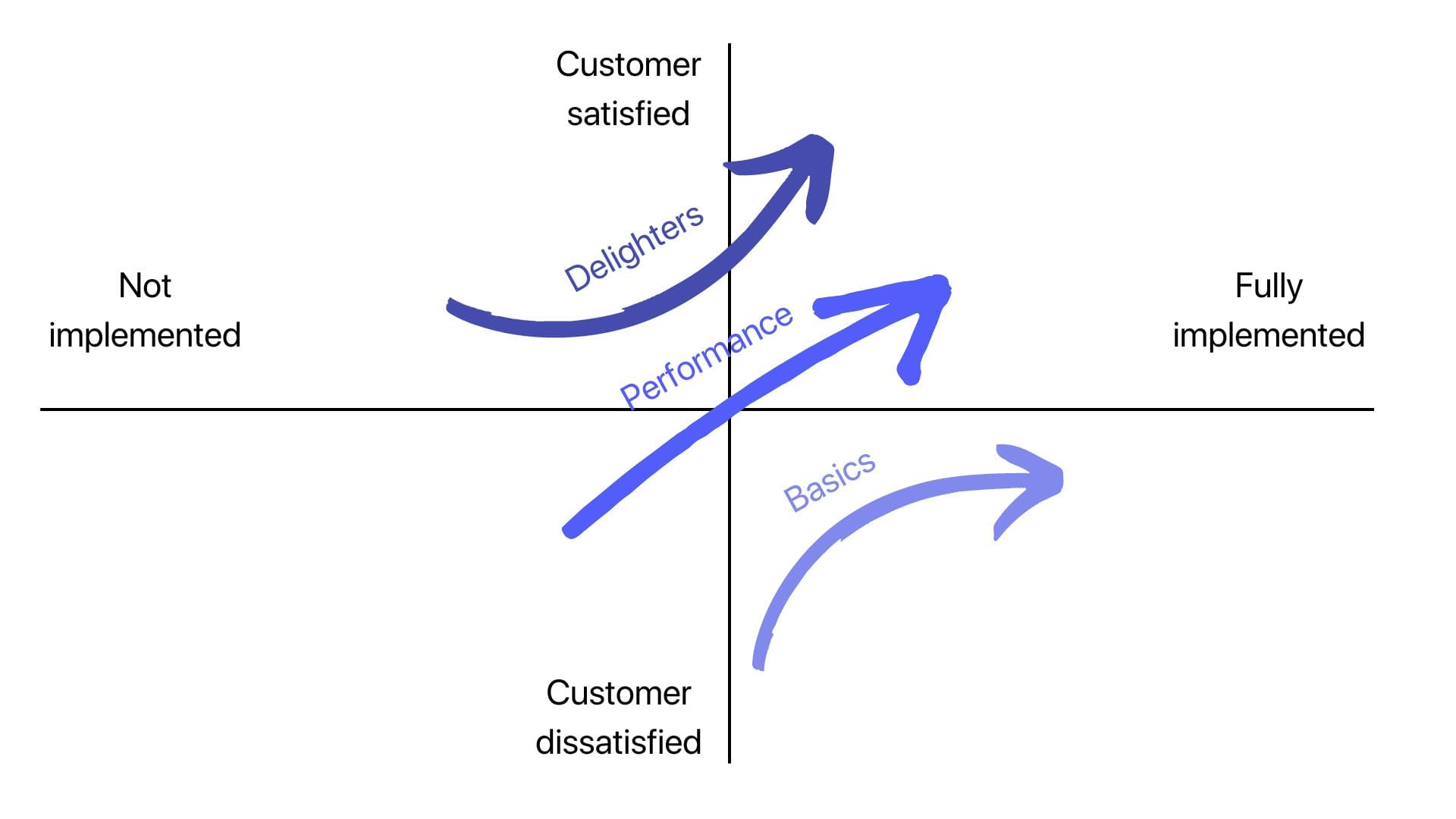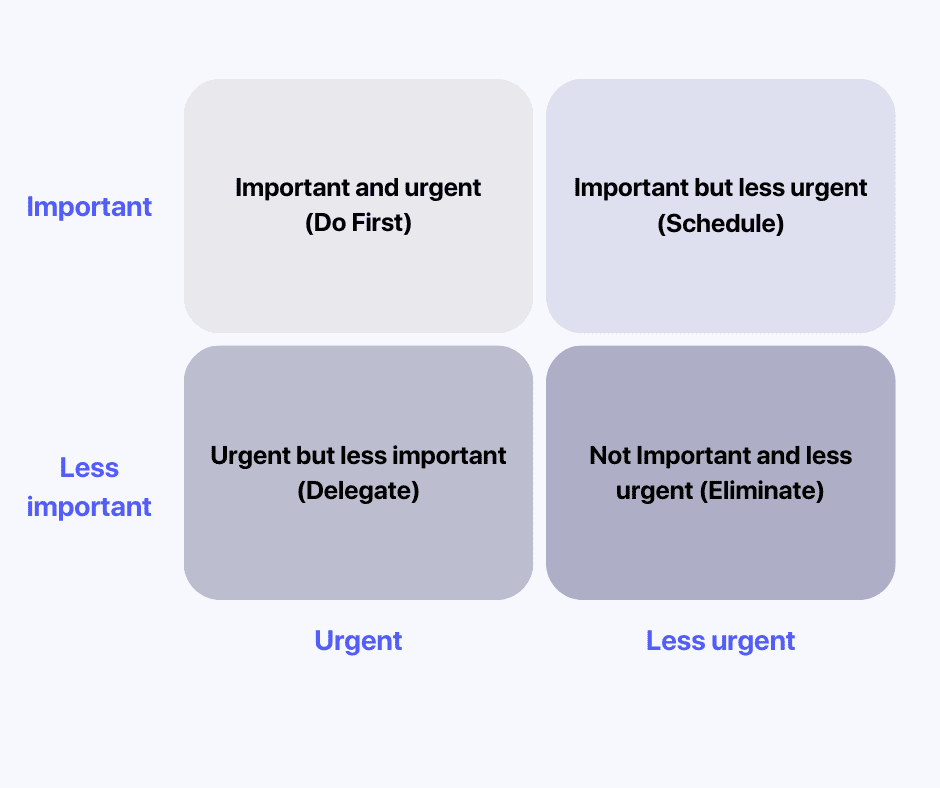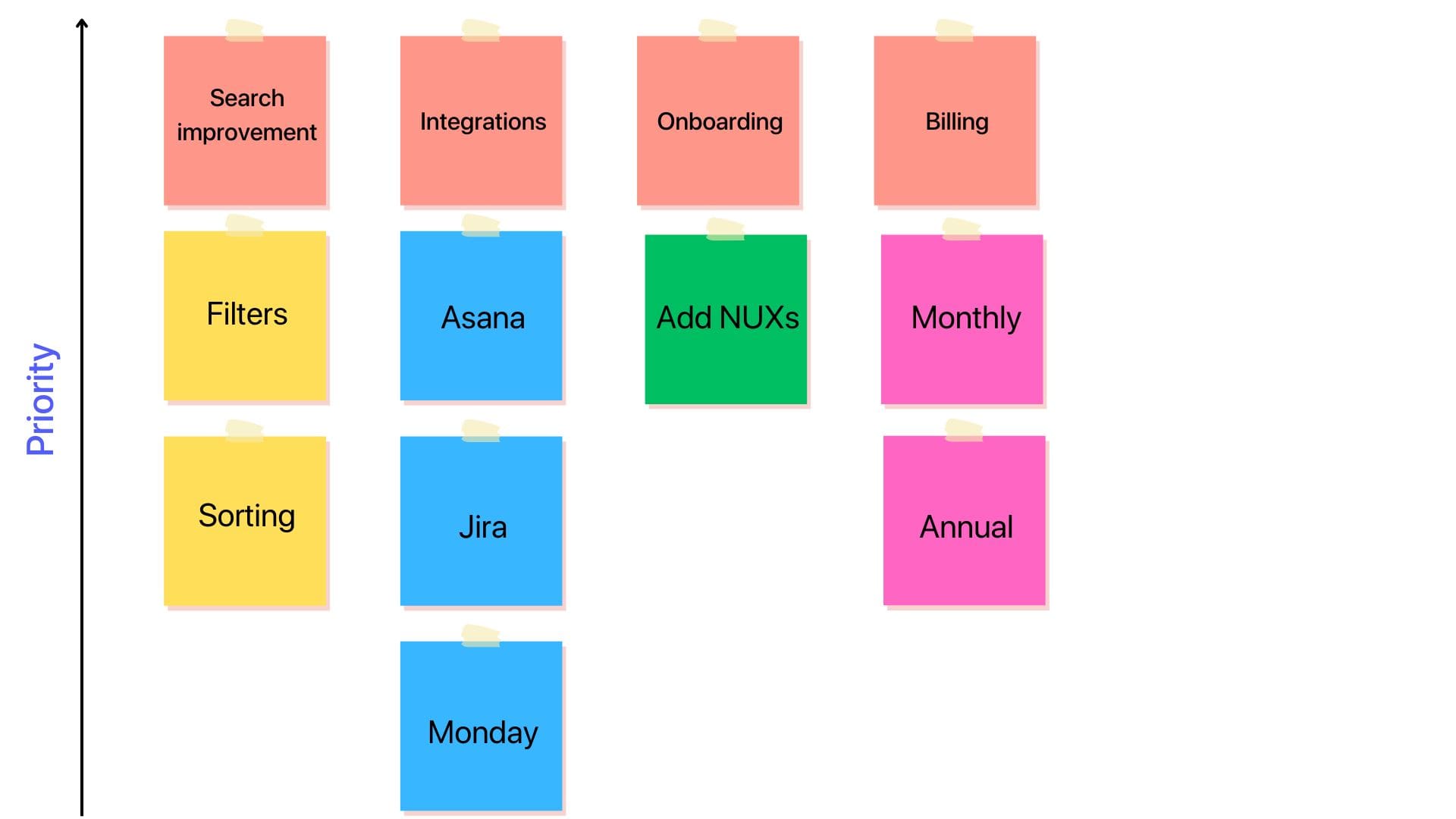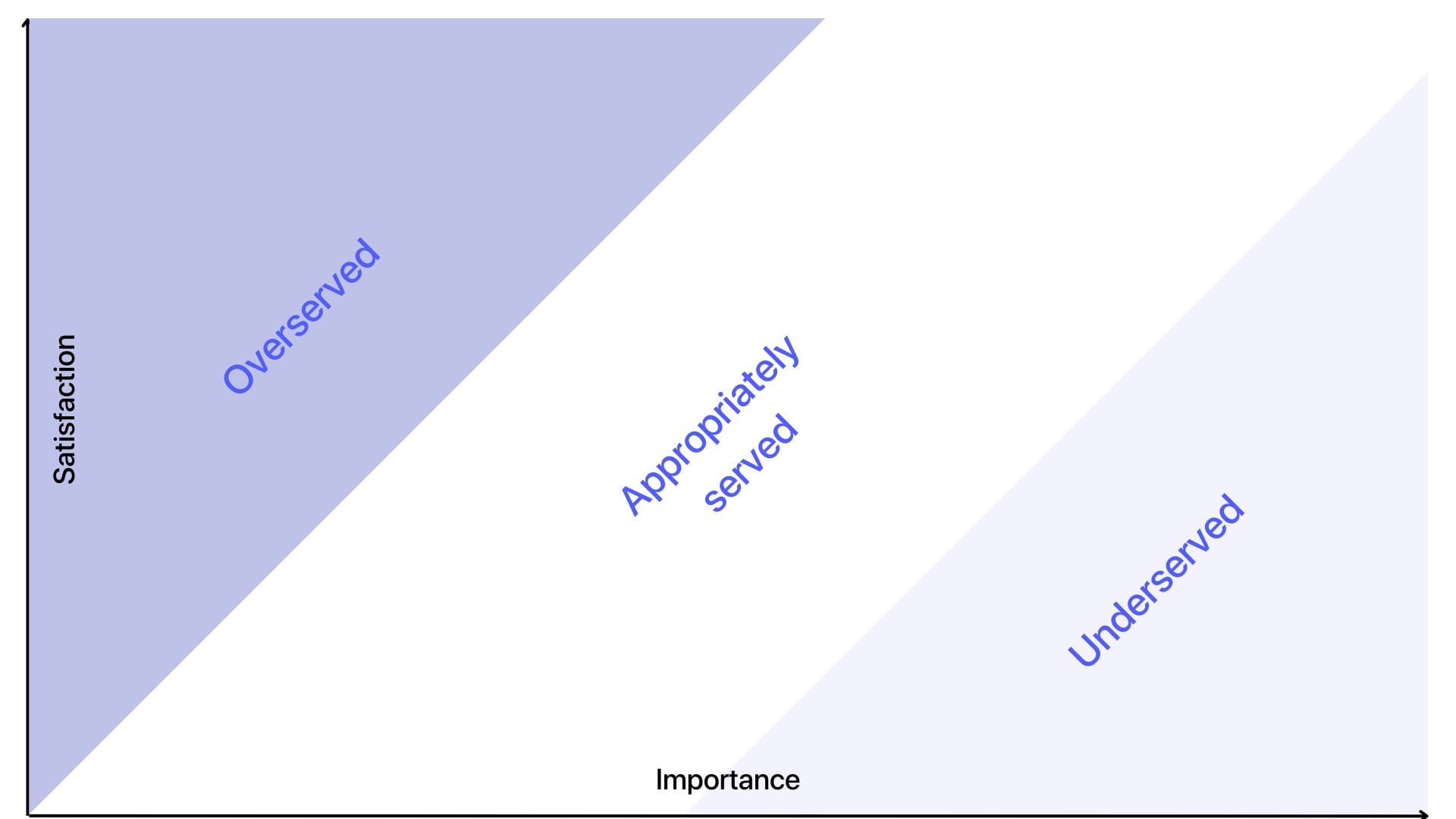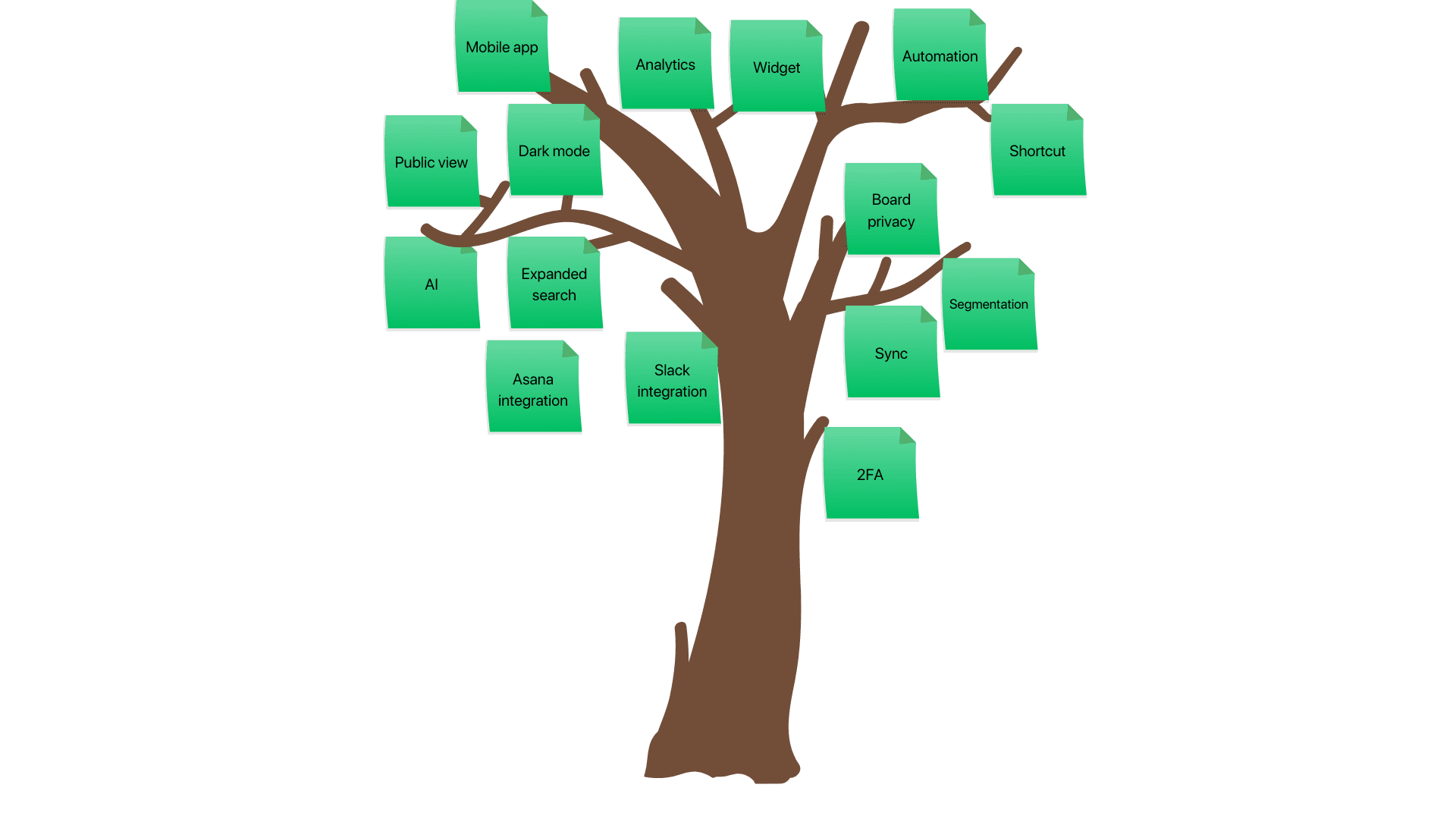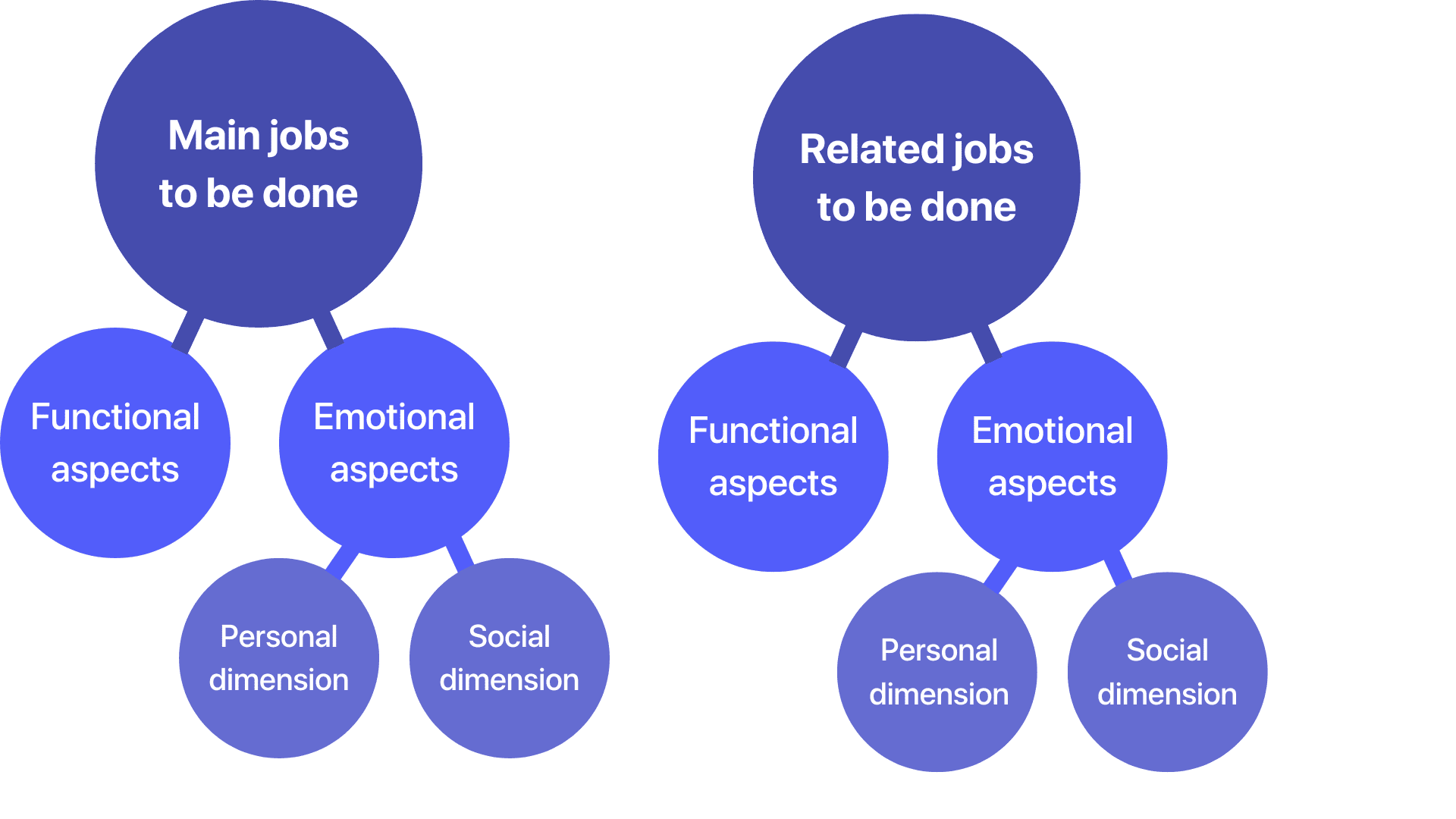The post Bug vs feature: what’s the difference? (guide + examples) first appeared on Canny Blog.
The post Bug vs feature: what’s the difference? (guide + examples) appeared first on Canny Blog.
]]>But sometimes what starts as a bug report can turn into a great new feature.
Identifying these feature opportunities can help product development and lead to smarter use of resources.
Not to mention they make your customers feel heard!
In this post, we will:
- Explain the difference between a bug report and a feature request (it’s not as obvious as you might think!)
- Show how to sort bugs to identify feature requests
- Share how we at Marker.io use Canny to organize and prioritize these requests
Let’s dive in!
Bug vs feature: what’s the difference?
A bug is an unintended software error. A feature is an intended functionality.
Bugs disrupt the user experience and appear under specific conditions. Features should enhance the user experience.
And at first glance, it’s that simple.
But in real-world scenarios, the lines start to blur:
- Design decisions. What your users consider a bug (“Why can’t I do X?”) might actually be a conscious design decision from the product team.
- Undocumented features. Developers sometimes add minor product features that new users might perceive as bugs or glitches. This highlights the need for a solid changelog.
- User expectation ambiguity. Different users might interpret features differently. This leads to a gap between expectation and actual functionality.
- Unintended benefits. What starts as a bug can become a feature if users find value in the unintended behavior.
People who aren’t tech-savvy often label any undesired behavior as a “bug” – even if it’s just a feature they don’t understand. Testing the product with users first can help avoid this confusion.
So, while the terms “bug” and “feature” may sound simple, they can get confusing in practice.
Now, let’s look at how you can clear up these confusions.
How to turn a bug report into a feature request
Let’s look at a real-world example.
Marker.io, our tool, helps development teams collect website feedback from clients and colleagues. This includes bug reports with screenshots, annotations, technical metadata, and more.
A few months back, a customer contacted support. They said: “Hey, my client can’t see bugs that were already logged by our internal QA team. This leads to duplicate reports. What’s going on?”
But our tool is made this way on purpose. We wanted to keep it simple for guest reporters who aren’t tech experts, so they don’t get overwhelmed by lots of complicated bug reports.
Again — a conscious design decision, perceived as a bug!
So, we turned that bug report into a new feature request, in Canny, on behalf of the client.
This turned out to be something other customers wanted, and it gave us:
- Insight into our customers’ pain points, which we can use when designing the new feature
- Ideas for other use cases, explanations, and expectations from our end users
This kind of information is invaluable to us.
But there are a few challenges:
1. Figuring out the problem and rephrasing it as a feature request. “My client can’t see feedback from internal QA” – presented as a bug – really means “Allow guest reporters to see feedback from members”. In some cases, we need to discuss this further with the customer.
2. Grouping similar feature requests. Users describe your platform in various ways. This means customer support has to work hard to figure out what features are being asked for. They have to avoid duplicate requests and combine them into existing ones.
Case study: transforming bugs into features
Sometimes, features and enhancements can be perceived as bugs.
They can:
- Create performance issues
- Cause unwanted behavior (e.g., autoplaying videos…)
- Introduce security flaws
- Make the product more complicated from a user experience perspective
But with smart product design, you can also flip the script, and turn limitations into advantages.
That’s exactly what happened with Gmail.
They had a built-in delay of about five seconds when processing an email message.
Some might have viewed this as a performance issue or minor bug. But the Gmail team turned it into the “undo send” feature.
Now you can even customize how long you have to cancel an email, from five to thirty seconds.
If your product makes users wait for a bit, consider implementing a similar hack. You can get an easy win that elevates your product’s user experience.
This proves once again that sometimes the line between a bug and a feature is more about perspective and creativity than anything else.
Bug vs feature: how to prioritize
Managing a backlog full of customer issues while juggling a feedback board loaded with feature requests can be tough.
Some teams choose to “fix all bugs before working on new features”.
However, developers often find working on new features more exciting.
For a novice project manager, deciding what to prioritize can be tricky.
But there’s a simple solution to this issue. Despite their differences, bugs and features share one thing: missing functionality.
Simply put, “bug” or “feature”, as shown above, is just a label.
Yes, understanding the nature of each issue aids in task prioritization, but:
- Can you confidently say that all your bug fixes are more crucial than new features?
- …and are these new features truly going to affect your bottom-line more than this app-breaking bug?
(Extreme examples, but the point stands)
What brings the biggest value for the customer?
Whether it’s a bug or feature request — rearrange your bug tracker’s labels. For instance:
- Paying (this bug/lack of feature is impacting paying customers)
- Breaking/deal-breaker (we will lose customers due to this missing feature/bug)
- and so on
With proper organization, the item with the highest customer value tops the list, whether it’s a bug or a feature request.
Another good way to gauge feature request value is with Canny’s upvote feature (and you can even sort by MRR impact!).
Remember these two points during this process:
- Don’t assume that creating a new feature is quick. It often ends up introducing more bugs.
- Your developers are likely to advocate for new features over bug fixes. Yes — working on a new feature is more fun than fixing bugs. No surprise there!
Maximizing product development: the bug vs. feature equation
Turns out that the difference between a “bug” and a “feature” is pretty nuanced.
Design choices and how customers see things can make a bug become a feature, or vice versa.
But the main principle stays the same: focus on customer value. Evaluate the impact of the bug or feature on the user experience, improve your product, and prioritize tasks effectively.
The post Bug vs feature: what’s the difference? (guide + examples) first appeared on Canny Blog.
The post Bug vs feature: what’s the difference? (guide + examples) appeared first on Canny Blog.
]]>The post Emerging product management AI tools in 2023 first appeared on Canny Blog.
The post Emerging product management AI tools in 2023 appeared first on Canny Blog.
]]>By this point, you’ve seen ChatGPT and how it can streamline your everyday product management tasks. But does it all stop here?
Definitely not!
AI’s projected to continue growing. It’s valued at nearly 100 billion USD and is expected to grow 20x by 2030 – up to almost two trillion USD (Statista).
But what led to this massive and rapid growth?
Why AI and why now?
In 2022 the whole world woke up to ChatGPT 3.0. The possibilities of generative artificial intelligence suddenly became endless and very accessible.
But what exactly happened?
- We now have more data than ever. And everyone needs a way to manage it. AI not only manages it, but also uses data to learn and evolve.
- We finally got enough computational power to power AI.
- Open source building became prevalent, and progress started happening even faster.
- Robots proved themselves: they beat humans at chess and Go, “drive” cars, give medical diagnoses, and create text.
- New deep learning algorithms led to breakthroughs in image and speech recognition.
- More and more investors boosted the industry.
Now, many of us can’t imagine living and working without AI.
Automation saves us time on tedious tasks. We get more efficient and productive. At the same time, AI also gets more efficient and intelligent. Machine learning helps AI get smarter every second.
Generative AI is the latest development and a big buzzword right now. It produces human-like content: text, images, videos, music, and more.
The question on everyone’s mind is – will AI replace me as a PM? Here’s what Rachel Wynn, a fellow product expert, thinks.
“Artificial intelligence tools will help great product managers work better. They are a catalyst for product managers to uplevel their skills and focus on work that AI can’t do. This is good news for everyone. If product managers are worried about AI taking over their jobs, they should learn to use AI while further developing the skills.”
Rachel Wynn, Founder & Coach at Wynn Product Consulting
So let’s not fear technological progress – let’s embrace it!
Top AI tools for product managers
Let’s explore some of the best AI tools for product managers. You might’ve heard of some of these, but we hope you also discover some new ones.
Note #1: we’re breaking these tools down by category. Some of them blur the lines between those categories though.
Note #2: this is not a comprehensive list of all AI tools. These are the top tools we either use or find fascinating at Canny. Want to add a tool to this list? Shoot us a message!
Let’s jump in!
Text-based AI tools
ChatGPT
ChatGPT, a chatbot by OpenAI, is, of course, at the top of the list. Many SaaS tools are using ChatGPT to power their AI components. And for a very good reason – ChatGPT is crushing it!
This generative AI tool needs little explanation. You can have human-like conversations with it and get all sorts of text:
- Research
- Text editing and rewrites
- Code fixes
- Text generation
- Code generation
- Text summary
- And more
ChatGPT-4 now connects to various plugins that can process text – from webpages and PDFs.
These plugins can also generate memes, diagrams, and more.
Overall, ChatGPT-4 has moved way beyond simple text generation.
Product managers have successfully used ChatGPT to:
- Prioritize ideas
- Manage data
- Create launch plans
- + more
We’ve covered seven different use cases from top product managers here – check it out for more ideas and prompts!
Google Bard
Bard is Google AI’s response to ChatGPT. In Google’s words, it’s “a conversational generative artificial intelligence chatbot.” So it’s more than just an AI writing tool.
Bard can:
- Answer various questions: open-ended, challenging, and unusual
- Write scripts, poems, emails, and letters
- Compose music
- Translate languages
- Solve math problems
- Code
Product managers can use Bard to:
- Quickly learn about new developments in the industry
- Gather competitive intel
- Analyze images
- Write support documentation
- Summarize articles
- Create project plans
- Generate code
- Brainstorm ideas
- Communicate with the team and customers
- Prioritize ideas
- Analyze feedback
Alisha Outridge is the Chief Technology & Product Officer at TuneCore. She is one of the early adopters of Google Bard and other AI tools for product management.
Missive
Missive is a team inbox that you can use for internal and external communications. It streamlines email, SMS, and social media messages into a unified inbox.
This tool helps product managers in many ways.
“Missive also provides a platform for real-time interaction with clients and team members. Everyone can stay on the same page: customer support & customer success, PMs, developers, etc.”
Philippe Lehoux, CEO at Missive
Missive’s AI integration can really boost productivity. You get the full power of the GPT-4 prompt at your fingertips. It lets you:
- Summarize and extract essential points from customer emails
- Write replies to customer questions
- Fix your grammar mistakes or typos
- Streamline the most tedious part of your job
- Excel at the most exciting and important aspects
Missive and Canny have been long-standing partners, and we’re excited to see them doing so well with AI.
Recruitee
Recruitee helps automate recruitment tasks. Using OpenAI’s natural language processing (NLP), it can now:
- Draft engaging and easy-to-read job descriptions
- Create copy for career site/section of the site
- Put together email templates for candidates
This helps product managers involved in hiring and expanding their teams.
Notion
Notion is all about smarter document organization. So it’s only natural that they rely on AI to improve their tool.
Now Notion AI can help product managers:
- Summarize any text (like meeting notes)
- Analyze text and instantly generate action items
- Fix spelling and grammar
- Translate
- Edit voice and tone
- Explain, expand, or shorten any text
- Help you get started or move past writer’s block
tl;dv
tl;dv is a meeting recorder that transcribes and summarizes your calls. It’s useful for calls with customers, prospects, and your team.
Within seconds after the call, you receive a full recording, transcript, and AI summary of your meeting. It also automatically logs action items in your favorite productivity tool.
“I’ve enjoyed using call recording tools for customer calls. Tools like tl;dv help synthesize information from customer calls. I like using these AI summaries alongside my notes. The latter focus on non-verbal communication.”
Rachel Wynn, Founder & Coach at Wynn Product Consulting
Instead of worrying about taking notes, PMs can focus on being present. tl;dv integrates with all popular video meeting tools. It also lets you create clips from video recordings.
“tl;dv empowers product managers to customize their AI summary output. For example, you can tag a conversation as a UX research interview or a sprint planning session. Our AI can automatically recognize and tag bug mentions or UX feedback and send it to your favorite tool (like Canny).”
Raphael Allstadt, co-founder and CEO of tl;dv
Design, image, and video generation
Descript
Descript helps you write, record, transcribe, edit, collaborate, and share videos and podcasts. Video creation often has many moving parts. Descript is centralizing them all in one place
It gets better. Descript released a new tool called Regenerate that brings audio editing to a new level.
“Say you recorded a customer interview, and now you’re editing it. Most of the edits will sound good, but not all of them. Some cuts create a sudden change in the speaker’s tone.
That’s where Regenerate comes in.
Now you can just select the gap between the words and click Regenerate. It will grow new audio cells that make my edit sound seamless. No scarring, no unsightly growths.”
Andrew Mason, CEO and founder of Descript
Descript is taking care of videos too. Descript’s new Eye Contact effect basically rotates your eyeballs in their sockets. This way, you’re always looking at the screen throughout your video. This is super useful when you’re glancing at your notes or script while recording a video.
Overall, product managers can really showcase the benefits of their products. They can also take their user interview recordings to the next level.
DALL-E
DALL-E uses text-to-image models developed by OpenAI. It relies on deep learning methodologies to generate digital images from prompts. These prompts are called natural language descriptions.
With DALL-E, you can create any sort of image. Why would a product manager need that?
- Ideate physical products
- Create a brand identity
- Generate product announcement visuals
Midjourney
Midjourney is a similar tool – it also generates images from prompts. But it focuses on “image manipulation and transformation. It offers various tools and filters to modify and stylize existing visuals.” (Simplilearn)
Product managers need to do a lot of talking, convincing, and explaining. So why not use visuals to help?
“People are notoriously poor at reading text while listening to you talk about a topic. Instead, create imagery that matches the point you’re making in your slide. Also, remove extra text and let your voice make the point.”
Garrett Rysko, Group Product Manager at Stealth Startup, featured speaker at ProductSchool
Garrett’s article on Medium illustrates how PMs can use Midjourney to create:
- Visual prototypes
- Buyer personas
- Web and logo design
- + more
Figma
Figma is known and loved by many designers around the globe. Our design team at Canny uses Figma too!
Figma’s AI additions are making the tool even more powerful. Figma acquired Diagram to bring more AI features like:
- Ideas summary
- Design recommendations
- Production-ready code generation
Now, PMs can visualize their ideas so much faster and easier with Figma.
“In this new era of AI, the possibilities are endless. Not just for design, but across the entire product development process.”
Noah Levin, VP of Product Design at Figma
“Figma has endless AI plugins to choose from. That allows us to focus more on designing at a high-level vs. spending time in individual pixels.”
Sarah Hum, co-founder, designer & product manager at Canny
Tome
Tome lets you communicate and get your ideas across with ease. People have called it “the PowerPoint killer”. This tool helps you create stunning yet simple presentations. Our design and product teams at Canny love it!
Tome’s AI tools help product managers:
- Move past the writers’/designers’ block
- Rapidly generate images, text, variations, and outlines
- Build on what you love until you achieve your vision
“Tome isn’t a deck, or a doc, or a splash page. It’s built for the way we communicate today: a fluid, multimedia canvas that lives on the web and looks great on any screen. Consider Tome your AI thought partner.”
Henri Liriani, co-founder and CPO at Tome
Canva
Canva is a beloved tool for many designers and marketers. Since its inception, Canva has evolved to be a very easy to use tool that saves a lot of time. Most people need to quickly create some visuals, and Canva has simplified that process.
Now, Canva’s testing and adding AI components, too. Gabriela Otero, Content Specialist at Canva, commented on Canva’s AI.
“Magic design can create designs in seconds based on a written prompt from a user. And Canva’s AI image generator does exactly what you expect it to – it creates custom images. There’s more to come as well!”
Gabriela Otero, Content Specialist at Canva
Canva is a bit similar to Figma. It lets PMs visualize their product ideas and better communicate with the team.
Flux.ai
Flux.ai is a very niche tool for PCB (printed circuit board) engineers. It’s quite impressive as it is. Their AI addition, Copilot, is reducing the busy work involved in this process.
Flux Copilot is a conversational AI and LLM (large language model). It helps design and even wire components together. Basically, it can help hardware engineers build faster, smarter, and more creatively.
Here’s how Copilot can help product managers:
- Brainstorm solutions to kick off new projects or debug
- Suggest and create connections on schematic
- Answer contextual questions like the capabilities of a particular component
Data science and management
Kadoa
Kadoa uses AI to effortlessly extract, transform, and integrate complex data from sources like websites, PDFs, or CSVs.
“We’re on a mission to eliminate the need for manual data processing work. That work is tedious, error-prone, and expensive.”
Adrian Krebs, co-founder at Kadoa
The team at Kadoa noticed a common pain point very early on: extracting scattered and unstructured data from various sources. That process is both expensive and maintenance-heavy.
They came up with a solution. Kadoa uses AI to navigate, understand, and transform unstructured data from any source. The orchestrating AI agent chooses the best strategy for each task, such as where to go and what to extract. Their vision is to become the Zapier for data. They aim to provide the building blocks to solve any data processing problem.
Kadoa helps product managers specifically by enabling them to access and analyze data without coding or manual work. Popular use cases include:
- Competitor monitoring
- Market research
- Lead generation
“One of the superpowers of AI models is not generating text or images. It’s understanding and transforming unstructured data. So we’ll see many use cases around unlocking the potential of unstructured data and workflow automation.
Adrian Krebs, co-founder at Kadoa
Today, billions of dollars are spent on manual data entry and data processing work. By automating these processes through AI, businesses can start growing with the help of data.
Operations
ClickUp
ClickUp is another tool we use daily at Canny. And their teams love Canny back!
Now it’s even easier to work through projects in ClickUp. For example, product managers can use ClickUp AI to:
- Summarize text
- Suggest action items
- Edit and format copy
- Generate AI content ideas
- Suggest feature names
- Write surveys
Alltius.ai
Alltius.ai released an AI component called KNO. Its goal is to become your perfect AI assistant. This virtual assistant can help PMs:
- Get faster and better answers than search engines
- Provide better responses than traditional chatbots
- Reply to users across all channels
“I am amazed at how many things KNO can do well without explicit training. In fact, we are so knee-deep into generative AI tools that almost every part of our business uses some aspect of it. From forming the bedrock of our core learning platform, writing code, and all the way to creating marketing campaigns – it’s all AI.”
Vibs Abhishek, co-founder and CEO at Alltius.ai
Peak.ai
Peak is the AI platform that optimizes product inventory, pricing, and customer personalization. With Peak, you don’t need to spend valuable time on mundane operational tasks.
Peak has always had AI at its core. It’s less flashy than generative AI that’s stealing all the headlines right now. But, for some businesses, this type of “boring” AI is more valuable.
“Boring AI can increase efficiencies across your value chain. That, in turn, reduces your cost to serve. It can give your customers a personalized omnichannel experience. And that drives up key metrics like customer lifetime value.
Richard Potter, CEO and co-founder of Peak.ai
It can help you set the optimal price throughout each product’s lifecycle. It can optimize decision-making across your business. For example, you can understand when and what technology you need to invest your time and capital in.
This AI is game-changing to business fundamentals. It can’t write you a Mother’s Day poem, but it can give your business the boost it needs to win in a competitive market.”
Product managers can ultimately create better physical products with the help of Peak AI.
Kindly.ai
Kindly.ai helps your support and sales teams delight your customers. You can improve your customer communications with Kindly through:
- Virtual shopping assistant
- AI chatbot
- Conversion optimization tools
These are all powered by advanced machine learning algorithms that enhance user experience.
“To keep up with customers’ ever-changing needs, chatbots need to evolve.
Gjermund Norderhaug, Head of Product at Kindly
At Kindly, we are constantly working on introducing state-of-the-art technologies in our chatbots. Our recent addition of the GPT-3 model has improved natural language processing tasks. That includes intent classification and entity recognition.”
For product managers: this chatbot can uncover:
- Customer feedback
- Feature requests
- Bug reports
- Ideas
- + more
Automating the chatbot experience can make idea management a lot easier.
Customer insights
Segment (by Twilio)
When it comes to customer engagement, the “intelligence” part of AI gets trained on customer data. So it’s imperative to have clean, accurate, and usable data.
Twilio acquired Segment and built their AI component to help users do more with their data.
Twilio’s CustomerAI combines the power of LLMs with rich customer data. This helps product managers engage with their customers better.
Twilio and Segment users can now:
- Get deeper insights about their customers
- Optimize marketing campaigns
- Personalize customer communications
The last point is significant because “92% of businesses today use AI-driven personalization to drive growth.”
Understanding customer needs and pain points better leads to building more tailored products. That’s what Segment can do for product managers.
Amplitude
Amplitude is an AI-powered tool that has been using AI technology for a while now. Their features like recommendation engine and product monitoring are proof of that.
Both of these features preceded the AI hype of 2022. Product experts have been relying on Amplitude Recommend since 2021. And Amplitude Insight came out to help PMs monitor their product performance, usage, adoption rates, and their KPIs.
Since then, Amplitude has added even more to their AI toolkit.
“We’ve identified the two biggest blockers for product managers:
Jeffrey Wang, co-founder & chief architect at Amplitude Analytics
- Having high quality data
- Being able to translate a question into the analysis.”
To help with those challenges, Amplitude built these new AI tools.
Here are some of the newer AI tools Amplitude’s added:
- Data Assistant – helps to measure and qualify data
- Ask Amplitude – build the bridge between business questions and insights
- Amplitude Experiment – identifies the hypothesis, designs the experiment, builds the variants, deploys the changes, and assesses the results
“All of these AI tools exist primarily to empower product managers. They can ask and answer their own questions about their users. We want PMs to be able to run experiments without needing a data scientist by their side at each step. Our ultimate goal is to bring the best practices of building great products to every PM at every company.”
Jeffrey Wang, co-founder & chief architect at Amplitude Analytics
The future of AI for product management
One thing’s for certain: AI is here to stay.
“AI will soon be everywhere: in both software and hardware products. It will help humans become even more efficient. Some jobs will be lost, and some new will spawn.”
Gjermund Norderhaug, Head of Product at Kindly
Most product experts agree that AI can help you manage products better.
“AI will augment the product managers’ tedious manual work more and more. Cleaning nasty backlogs, writing PRDs, or taking meeting notes will become a thing of the past. This will help them spend more time speaking to customers, deeply understanding their needs, and providing creative solutions to their problems.”
Raphael Allstadt, co-founder and CEO of tl;dv
Choosing your AI tools can get complicated with so many different options, though.
“Every organization needs to be selective when choosing AI tools. Simply adding AI won’t solve problems. There is no “one size fits all” for product organizations.”
Rachel Wynn, Founder & Coach at Wynn Product Consulting
We hope that this list has been helpful!
Remember: AI isn’t here to take away your job. Instead, it can help you become a more efficient product manager.
“AI will support rather than replace, complementing and augmenting how you work.”
Benjamin Humphrey, CEO and co-founder at Dovetail
If you want to stay up to date on product management trends, sign up for our newsletter right here!
The post Emerging product management AI tools in 2023 first appeared on Canny Blog.
The post Emerging product management AI tools in 2023 appeared first on Canny Blog.
]]>The post Top 13 product management podcasts every PM should listen to first appeared on Canny Blog.
The post Top 13 product management podcasts every PM should listen to appeared first on Canny Blog.
]]>There are many ways to continue your education. There are always schools, but they require lots of time and investment. Their material is also often outdated.
You can also check out online courses and other free resources out there – blogs, guides, ebooks, educational videos, etc. At Canny, we strive to help you stay updated on the latest product management trends. That’s what this blog is all about!
One of the ways we enjoy learning is through podcasts. That’s why we started our own! And there are many cool podcasts we draw inspiration from.
That’s what we’re going to talk about in this blog post. Keep reading to discover the best product management podcasts.
Why podcasts?
You could read articles, take courses, download ebooks, or go on social media. Why listen to product management podcasts? There are a few reasons.
Easy to digest
Podcasts are usually regular conversations. They’re not overly technical, so it’s easy for most people to understand.
Learn from the best in the industry for free
Most, if not all podcasts are free. And many great minds in product management share everything they know in their podcasts. Why not take advantage of that?
Get tried and proven methods
Many podcasts we mention here give you actionable tips and insights. You can implement them right away knowing that someone else has already tried and succeeded using these methods.
Multitask while listening
If you love multitasking, podcasts are made for you. You can walk, work out, clean the house, or do other mundane tasks while learning. That’s what we do! What’s not to love?
Learn the PM language
If you want to get an “in” with the product managers, you’ve got to speak their language. And there’s no better way to learn it than listening to a product person. When you learn how they talk, you’ll become one of them!
Let’s explore our favorite product management podcasts.
Lenny’s Podcast
Lenny’s Podcast feels like you’re listening to two friends talking. And very often, that’s exactly what it is!
Lenny Rachitsky draws from his years of experience in product management at Airbnb. His guests, just like him, talk about working in large and established companies like Microsoft, Amazon, WeWork, and others. He also features guests from smaller companies.
We like Lenny’s personal touch and unique stories. We also resonate with his humility – he’s not afraid to admit that he doesn’t have all the answers and talk about his struggles as a product owner.
Overall, Lenny’s podcast is a valuable insight into product management. It offers fantastic career advice and actionable tips from top minds in product.
Lenny’s podcast gets lots of love on social media – see a few examples below.
“Lenny’s Podcast has amazing guests (like PMs from Airtable, Asana, Airbnb, Instacart). The discussions are interesting and well-edited without being rambling.”
Laura Campbell
Lenny’s podcast is the only one on our list that features a person’s name. What a cool way of capitalizing on your personal brand!
Get ready to dedicate some time to these podcasts – they are lengthy (60+ minutes).
The Product Podcast
The Product Podcast is created by Product School – an excellent resource for new and experienced product managers alike. It uses a variety of formats:
- Interviews
- Panel discussions
- 1:1 conversations
- Day in the life episodes
- Conference recaps
- Webinar recordings
- And more
New product managers will find lots of value here – it features excellent interview and career advice.
Product professionals with experience can get an insight into the future of product management, various approaches, frameworks, and more.
The Product Podcast attracts brilliant PMs from companies like the NY Times, AmEx, LinkedIn, and more.
Here’s what people say about this podcast:
“It’s a great resource on different facets of product management from accomplished product leaders.”
The episodes vary in length – from short 15-minute chats to 40+ minutes discussions.
Product Hunt Radio
This podcast has not one but two hosts – Ryan Hoover and Abadesi Osunsade. So this podcast is almost a talk show.
Ryan Hoover is the founder of Product Hunt (hence the name), so his dedication to finding and spotlighting awesome products is evident.
Abadesi Osunsade is another great product expert and educator. She also spent some time at Product Hunt before becoming a trusted advisor for many reputable companies. There’s a common thread across Abadesi’s career – her focus on education.
These attributes make Ryan and Abadesi exceptional podcast hosts. And it shows. Their episodes feature discussions about various product management topics:
- Raising capital
- Designing and selling great products
- Hiring top talent
- Pivoting and progressing your career in product management
- And a lot more
Each episode is about 45 minutes long.
Product Chats
We can’t leave out our own podcast, can we?
Product Chats dives deep into various aspects of product management. From just starting as a PM to leading large teams in established organizations – we’ve got it all.
Product Chats features product professionals from G2, Sephora, Help Scout, and others. They all share their journey in product management and advice for aspiring product leaders.
Here’s a preview of one of our podcasts.
This podcast’s episodes are a bit shorter – 20-30 minutes each.
Masters of Scale
This podcast is hosted by Reid Hoffman – LinkedIn co-founder, Greylock partner, and a Silicon Valley investor. His impressive career in product includes Apple, Paypal, Zynga, Airbnb, OpenAI, Microsoft, and more (as if this wasn’t enough!).
“Each episode proves an unconventional theory about how businesses scale, with guests sharing their stories of entrepreneurship, leadership, product strategy, management, and fundraising.”
Reid Hoffman
The podcast also shakes up the typical interview format. Bob Safian (former editor in chief of Fast Company) leads the “Rapid Response” section. It focuses on crisis response, rebuilding, diversity & inclusion, leadership change, and much more.
Each episode is between 20 and 40 minutes long.
How I Built This
How I Built This is hosted by National Public Radio’s (NPR) famous radio host and journalist Guy Raz.
Guy’s background in journalism makes him an outstanding host. Listeners note Guy that he asks tough questions, making the podcast particularly interesting.
“In each episode, founders reveal deep, intimate moments of doubt and failure and share insights on their eventual success.”
Guy Raz
This podcast features prominent founders from Headspace, Spanx, and Discord. How I Built This invites not only PMs, so you get a slightly different and well-rounded angle on product development.
“How I Built This is more narrative-based – it focuses less on the technicalities of products. I particularly liked great interviews with the founders of Discord and Headspace.”
Reddit user
Prepare to spend 30-80 minutes on each episode.
100 PM
If you’re looking for a more technical product management podcast, this one’s for you.
100 PM features interviews with one hundred active product managers – from startups to enterprises and everything in between.
The podcast aims to be the web’s largest single free resource for product management topics. It has tons of great discussions about business, technology, and design.
The host, Suzanne Abate, is a prominent investor and educator in product management.
100 PM also features case studies and various product management models you can adopt.
Note: this podcast has been on hold for a while. The content is evergreen though, so you can still get a lot of value from it!
One Knight in Product
Despite being one of the younger podcasts about product management, One Knight in Product has gained traction.
This podcast features conversations with product managers, product leaders, product marketers, UX professionals, and anyone involved in product management and delivery.
Jason Knight, the podcast’s creator, loves outstanding products. He also enjoys telling the world about them. It’s evident from his podcast, Medium articles, and social media presence.
Each episode is 40-50 minutes long.
Rocketship FM
This podcast has been featured in Forbes, Huffington Post, Inc, and Entrepreneur. It touches on topics like:
- Entrepreneurship
- Product management
- Tech
- Growth
- Sales
- Funding
- And more
Michael Sacca, designer, entrepreneur, and CEO at Gigantic, and Mike Belsito, co-founder of Product Collective, host this podcast.
Product Collective is another valuable resource for PMs you should definitely check out.
If you’re looking for a tech and business podcast that covers a wide range of trending topics, check out Rocketship FM. You’ll learn about product management but also about the tech industry overall.
Each episode is around 30 minutes long.
Product Thinking
Last but not least, we’d like to highlight Product Thinking from Melissa Perri.
Melissa is well known in the industry. Her engaging social media presence attracts many product managers every day. No wonder her podcast is such a hit!
“It’s not just about training the product managers who work alongside developers daily to build a better product. It’s about taking a step back, approaching the systems within organizations, and leveling up product leadership to improve these systems.”
Melissa Perri
What stands out about Product Thinking is its actionable advice that PMs can apply right away.
Melissa is also the Founder & Lead Instructor at the Product Institute. She shares a lot about that initiative on the podcast too.
The length of each episode varies from 15 to 60 minutes.
20VC
The Twenty Minute VC (20VC) interviews the world’s leading venture capitalists. 20 VC provides insights into the venture capital space and the journeys of successful founders.
Some of the guests include Sequoia’s Doug Leone and Benchmark’s Bill Gurley.
The podcast is broken down into categories:
- 20VC fund
- 20 growth
- 20 sales
- 20 product
The podcast also features notable founders such as Spotify’s Daniel Ek, LinkedIn’s Reid Hoffman, and Snowflake’s Frank Slootman.
Listeners praise Harry Stebbings, the host, for his engaging questions and the ability to extract valuable insights from his guests.
“Harry is terrific. The content is interesting and he doesn’t waste time. Love 20vc.”
YossiLevi12
“The content is interesting, and the guest lineup is great. Harry has engaging questions for his guests, and I’ve learned a lot. This podcast is a must-listen for anyone interested in early-stage investing.”
Harry Campbell
Each episode is about 45-60 minutes long.
BUILD with Blake Bartlett
BUILD with Blake Bartlett focuses on the three key ingredients required to build a software startup: people, product, and growth. It features conversations between venture capitalist Blake Bartlett and some of the most intelligent individuals in the software industry.
OpenView produces the podcast. It’s a venture capital firm that has invested in companies like Datadog, Expensify, and Calendly.
Some fans call this podcast underrated and appreciate insights from many CEOs of product-led growth (PLG) companies.
This podcast is great for busy PMs – some episodes are only 2-3 minutes long. More in-depth conversations are about 30 minutes long.
The Product Manager Podcast
This podcast has two hosts: Michael Luchen, director of product at float.com, and Hannah Clark, editor of The Product Manager. The show offers a comprehensive view of product from various perspectives. It features candid and actionable insights that can guide listeners through every stage of the product life cycle.
Each episode is 20-30 minutes long.
Why spend time on podcasts?
Are you still wondering if podcasts are worth your time? First, try listening to a few. Maybe you’ll love the format so much that you won’t need any more convincing.
Overall, you need to stay curious to continue growing. No matter where you are in your PM career, it’s essential to never stop learning.
After all, the investment in yourself is one of the most valuable ones out there. Nobody can take away your knowledge! We hope that you’ve enjoyed these recommendations. If you’d like us to mention your podcast, give us a shout!
The post Top 13 product management podcasts every PM should listen to first appeared on Canny Blog.
The post Top 13 product management podcasts every PM should listen to appeared first on Canny Blog.
]]>The post Why do you need release notes? (featuring great examples and templates) first appeared on Canny Blog.
The post Why do you need release notes? (featuring great examples and templates) appeared first on Canny Blog.
]]>One of the best ways to do that is through product announcements. There are a few different types of them.
A release note is a document that outlines the changes made to a product. Release notes update your users, teammates, and stakeholders on your product development progress.
Changelogs are more technical documents that dive deeper into the changes. They’re primarily for developers to keep track of progress.
We’ll cover different types of product release notes and changelogs, their importance, and best practices. We’ll also showcase some examples and templates, discuss changelog management tools, and help you get the most out of your feature announcements.
If you’ve never published release notes or want to improve your product documentation, follow along.
Release notes vs changelogs
First off, let’s go over some definitions.
What are release notes?
As mentioned, release notes are basically your product announcements. The target audience is users, so release notes explain changes in plain language, omitting the technical jargon and details. The main purpose is to explain the effect on the user.
A changelog is a file, an article, or a webpage that lists all notable changes to your app, site, etc. Changelogs focus on the technical aspects of the changes, such as new features, bug fixes, code refactoring, and API modifications. They often contain references to specific commits or code changes in the version control system.
Historically, changelogs were for developers. Here’s a typical changelog entry from Facebook on GitHub.
Some people refer to changelogs as release notes. And others make a distinction between these two terms.
Canny’s Changelog tool blurs the lines between release notes and changelogs.
“Coming from the product development world, we saw the need for better product announcements. Users want to know what’s new and improved in your product. And we needed an easy tool that helps us do that. So we created our own tool – for us and other SaaS companies out there. It brings customer feedback and product announcements together.”
Andrew Rasmussen, co-founder at Canny
Whatever you call your product announcements, it’s important to have them. Here’s why.
Why do you need product announcements?
Changelogs and release notes are important for:
- Documenting your work
- Educating your customers
- Keeping your products updated
- Positioning yourself as transparent
Here’s more about each of those reasons.
They document your work
At its core, release notes help your team stay organized. When you have release notes, you can quickly reference them to see what was changed in the past and how.
You’ll also minimize the back and forth with your team through release notes.
Not every project involves all team members. So, release notes are a great way to keep uninvolved teams informed. They’ll learn about changes as soon as you publish your release notes.
They educate your users
New feature adoption is a common problem for a product manager. Many users crave efficiency but are still hesitant to try new things.
Release notes help push them in that direction. They break down the new feature, guide users through it, and remind them how your tool works. A good release note is a free teacher.
Release notes are also an opportunity to link to additional help docs and remind users where they can find support resources.
They make the product feel fresh
When people use a product, they like to see it evolve. Right now, for example, AI is all the rage. Many tools are adding AI components to their software. And at this point, users are almost expecting it.
If you decide to add AI to your tool, you’d want your users to know about it, right? There’s no point in putting in all the hard work if no one notices. You want your users to know and use these new features.
Especially if your product uses a subscription model, people want to see it updated. Consumer demands change, and your product needs to measure up.
From minor design improvements to major feature enhancements, your tool will go through many iterations. So let your users know about it. Show your progress and invite your users to join you on this journey.
Release notes are a great way to do that.
They help you be transparent
Similar to the previous point, release notes help you keep your customers around. Here’s how.
- A user submits a feature request
- That feature idea makes it to the product roadmap
- They automatically subscribe to the progress of that feature
- You build that feature and publish a release notes entry
- They get an auto-notification about it (if you’re using Canny’s Changelog)
Bonus: they can see other updates in your release notes too.
This shows that you listen to your users. That’ll help them trust that you’re improving your product.
People love seeing the “behind the scenes” and “how it’s done” content. Release notes can shed light on your “backstage” software release processes.
Types of product announcements entries
Overall, release notes are pretty standard and straightforward. Depending on the nature of your new release, you can borrow certain parts from each release note entry (which is what we did with Canny’s Changelog).
There are a few types of posts you’d add to your release notes. Let’s discuss each one.
Major update announcements
Intended audience: users, leads, team members, shareholders
When you’re adding a major new feature, make sure to give this announcement the attention it deserves.
These release notes can be longer and include more details, such as:
- Before and after screenshots and screen recordings
- Clear explanation of the change
Note: Give users some time to get used to the change too. Many tools keep the old (legacy) version available for some time for this exact reason.
Non-major update announcement
Intended audience: current users, team members
You can keep it simple when adding or fixing something less groundbreaking. Make sure to explain why you did it( we often show how many upvotes we got on our Canny board, for example).
Explain what changed, but don’t go too deep into the technical details. Instead, link out to help guides and additional resources.
Bug fixes
Intended audience: developers, current users
Bug fixes are a great example of non-major feature enhancements. You don’t want to draw too much attention to the fact that you had bugs. But let’s be real – every software has them. And showing that you’re working on them makes you look transparent and trustworthy.
Security updates
Intended audience: current users
While very important, security updates fall under the category of non-major updates. They showcase your organization as responsible and reliable.
Very few people want to read lengthy descriptions of your security updates. So it’s even more important to keep these short.
Changelogs
Intended audience: developers
A standard changelog is detailed and technical. It usually includes:
- Version number
- Release date
- Description of the latest release or a fixed bug
- Compatibility with previous versions
- User impact
- Manual for future use
- Screenshots and links
Developers use changelogs to schedule upgrades, troubleshoot issues, and stay updated about the latest software developments.
Version control system logs
Intended audience: developers
There are a few terms that people use interchangeably to describe these updates:
- Version control system logs
- Commit logs
- Revision history
These are records that keep track of changes made to a project or set of files over time in a version control system (VCS).
A common example is GitHub. Developers use it to share code, work on projects together, and manage and track code changes.
Github logs are visible to the public. This is a space where developers can collaborate and share ideas – kind of like social media for coding.
Version control system logs usually include the following information:
- Commit ID: a unique identifier for each change or commit made in the VCS. Typically, it’s a hexadecimal string, such as a SHA-1 hash.
- Author
- Date and time
- Commit message: a descriptive message that summarizes the purpose or nature of the changes made in the commit
- Changes: a detailed listing of the modified, added, or deleted files in the commit + specific changes made to each file. This may include line-by-line differences or a unified diff format.
- Branch or tag. Branches are different lines of development. Tags indicate specific points in the version history – releases or milestones for instance.
- Merge information: if the commit involves merging changes from multiple branches, the log will contain information about the branches involved.
A project’s version control logs are crucial to tracking and understanding its history.
Developers can:
- Find the record of all changes
- Review and revert to previous versions
- Figure out who made specific changes
- Understand the evolution of the codebase over time
- Coordinate work and collaborate
- Resolve conflicts when merging changes from multiple sources
If you’re looking for more inspiration and ideas, BroadInstitute provides great sample changelogs. Check them out here.
Product update formats
Different companies use different formats for their product announcements. Depending on your product and audience, you can pick a format that works best for you. It’s important to choose a format and stick with it. We’ll explain why consistency is so important later in the article. First, let’s walk through the various formats.
Text file
This is the simplest and most common format for a software release note. You can simply create a text document that lists the changes in reverse chronological order (put the newest releases at the top).
Each entry should include the version number, a brief description of the change, and any relevant details.
This format is easy to create and read for most users.
Changelog format
If you prefer a more technical approach, you can follow a typical changelog format. You can include categories like:
- Added
- Changed
- Fixed
- Removed
This format is particularly useful for developers and technical users who want a quick overview of the changes in each category.
With a changelog tool, you can also create HTML files for example.
Markdown
Markdown is a lightweight markup language that helps you format text quickly and easily. You can write release notes in Markdown and easily convert them into HTML or other formats.
If you’re hosting your updates on a platform like GitHub, you’ll likely use the Markdown format.
HTML
HTML provides a bit more flexibility with styling and layout. You can include links, images, and other multimedia elements, making your release notes more visually appealing.
PDF is a good option if you need to share your updates with external stakeholders or use them in official statements. The layout and formatting stay consistent, and it looks presentable.
PDF is easy to read, print, and share across teams.
What to include
Depending on the format you choose, consider including the following elements to make your announcements more engaging.
Bullet-points
You can create a series of bullet points, each bullet representing a specific product change or a feature.
If you’re looking for a concise and skimmable format, this is it. It gets straight to the point.
Visuals
We recommend combining some written descriptions with visuals like screenshots and GIFs. They break up the text, help visual learners, and tell a story better than words can.
With screenshots, we recommend drawing readers’ attention to the part that you’re talking about. You can add boxes around the most important parts and/or blur the irrelevant parts of the page. Here’s an example.
Videos
Creating a quick video walkthrough can make your updates even easier to understand. Some people are visual learners, so they’d enjoy seeing rather than reading.
Generating release notes
There are a number of ways to generate release notes.
1. Version Control System (VCS) history
Version control systems like Git allow you to generate release notes based on commit histories. For instance, you can extract commit information using the git log command with specific formatting options, such as dates, authors, and changes.
2. Commit messages
Encourage your developers to write clear and informative commit messages describing each commit’s changes. Following a consistent format, such as the changelog format, can be helpful.
3. Integration with issue tracking systems
You can automatically create release notes by connecting issues and pull requests to versions or milestones in your issue tracker. You can use tools like Jira or GitHub for that.
4. Manual changelog
You can manually keep track of the changes you make to each version. You’d need to maintain a separate file where you add entries for each release, including the added features, changes, and bug fixes.
5. Automated tools
You can generate a structured and formatted changelog with these tools. They analyze your commit history, tags, and metadata. Some popular changelog generation tools include:
- Conventional commits
This tool follows the conventional commit message format and generates changelogs.
- GitHub Changelog Generator
This tool is designed to generate changelogs for GitHub repositories.
- Keep a Changelog
This project provides guidelines and a tool-agnostic format for writing changelogs. It also offers a Python library called towncrier for generating changelogs.
6. Canny’s Changelog
Canny’s Changelog is different. It’s designed so that everyone, even non-developers, can:
- Add entries
- Easily understand it
- Quickly find what they’re looking for
- Sort the entries
- Find more information
It’s much more visual and concise than most other changelogs. And it looks like a newsfeed, not a developer portal.
Canny’s Changelog is available on all plans! Here’s what our clients say about it.
[insert a GiveButter case study clip about the changelog]
Our changelog lets you easily tie your feature requests with product updates and notify your users.
Best practices for release notes
Here are a few more guidelines to make sure you publish engaging release notes. Follow these tips if you’d like your release notes to be an asset instead of a burden.
Make them clear & concise
It takes time to find the time, energy, and motivation to read long texts. It’s even more true when it comes to technical language.
If you want your release notes to be a truly useful source of information, make them as straightforward as possible. Answer the following questions:
- What was the problem?
- What changed?
- Why does it matter?
- How does it affect the user?
- Where can they learn more?
Simplify your language, keep sentences short, and break up the long paragraphs.
As a general rule, stick to only relevant information. It’s easy to get very involved and start describing the whole history of your tool. But leave that for another day.
Remember: even if your product is technical, you might have non-technical users. So try to make it interesting and valuable for them as well.
Post consistently
Some changes might be more significant than others. Still, try to publish most of your updates as release notes. People appreciate your updates – they’ll feel like they’re with you on your journey. They also get a sense that you’re constantly improving.
This will also keep you accountable. Knowing your users expect consistent updates will make you hit your deadlines more often.
Format consistently
Also, keep the format of your release notes consistent. Here’s an example from Keepachangelog:
- Added new features
- Changed for changes in existing functionality
- Deprecated for soon-to-be-removed features
- Removed for now removed features
- Fixed for any bug fixes
- Security in case of vulnerabilities
Use a variety of formatting to make your release notes entries even easier on the eye.
Headings help break down the text and logically group the changes. So does white space.
Text formatting (bold, underlined, italics) highlights the most essential parts and helps readers skim the text. Bulleted and numbered lists have a similar effect.
Follow reverse chronological order
Always publish the latest changes at the top – that’s the most relevant information for your users. They can scroll down to see your historical progress too.
Use visuals
Often, it’s easier to show than to describe something. Visuals like screenshots, GIFs, and videos can help here. Moreover, they’ll familiarize your users with the new features quicker. Next time they log in, they’ll remember the visual and know how to use the new feature.
Visuals also break up the text and make reading easier and more enjoyable.
Insert links
We keep repeating that release notes need to be short. But what if you’ve released a major change and need to explain it in detail?
That’s where you insert links to in-depth help articles and additional documentation.
You can also use your release notes to keep your users engaged. While they’re hooked, don’t let them get away. Link to related resources and keep them on your site longer!
Avoid confusion
We can’t stress this enough: make it simple. Here are some tips to help you do that:
- Stay away from confusing date formats (we recommend sticking to YYYY-MM-DD format)
- List deprecations, removals, and any breaking changes
- Document only noteworthy differences
- Don’t list commit log diffs
Involve other departments
If you’re using Canny for your product announcements, your users will get automatic notifications when a new changelog is published.
Still, you can amplify the message further. Involve your product marketing team – they can help spread the word.
Release notes and changelog examples
Now that you know what makes good release notes and changelogs, let’s illustrate it with examples.
Many of our clients use Canny’s Changelog tool. They find it easy to keep users up-to-date in one central location.
“When we built our Changelog, we wanted it to be more than your typical list of changes. We created a tool that helps you close your feedback loop.”
Sarah Hum, co-founder at Canny
When a new changelog entry is published, everyone who submitted, upvoted, or commented on this request gets an automatic notification. That includes current users and prospects. And this really makes the sales job easier.
Imagine this: a lead previously requested a feature and didn’t convert because it didn’t exist. Now they’re getting a notification that this feature is shipped. If that feature was a real dealbreaker to them, they might reconsider buying from you now.
Your current users will also find out about the new feature right away and will be able to try it out.
Canny’s changelog empowers you to follow our advice above, including custom formatting.
Here’s what it looks like.
AgencyAnalytics keeps their updates brief and to the point. When they introduce new features, they include visuals to keep it engaging and break up the text. See some examples of great release notes below.
We love ClickUp’s use of emojis and links – it keeps the readers engaged and curious to learn more. Notice how they link out to release notes and more information. They don’t clutter their changelog entry with it.
CommentSold’s changelog entries are typically longer, but they’re still easy to read and understand. It’s a great example of a more detailed but still digestible changelog. They walk you through the steps you need to take, and text styling (bold text in this instance) makes it easier to read.
Hive is great at telling a story in their changelog. Here’s what wasn’t working, how we fixed it, and how it works now. We love how they show a screenshot of a feature request that led to the development of this feature.
Respond.io is another example of a short and highly visual changelog.
GitHub’s changelog is another great example. They also have a separate Twitter account and an RSS feed for users to follow along the journey. It’s important to be where your users are!
We use our own changelog too!
Sometimes, it’s still hard to get going. That’s why we’ve prepared some templates – check out the next section.
Release notes and changelog templates
If you’re inspired to get started or amplify your changelog (and we hope you are!), check out these templates. They’ll give you prompts for your release notes, changelog entries, and some examples to spark that initial motivation.
Here is a release notes template for a bug fix.
And another release notes template to announce a new feature.
To get these + more editable templates, download our free Changelog templates right here!
Why product announcements are important
There’s no better way to keep all your stakeholders involved, engaged, and updated than through release notes.
Product update announcements don’t need to be a hassle. With a changelog tool like Canny, you can keep track of all your progress and delight your customers at the same time.
Book a free Canny demo and see how easy it is!
The post Why do you need release notes? (featuring great examples and templates) first appeared on Canny Blog.
The post Why do you need release notes? (featuring great examples and templates) appeared first on Canny Blog.
]]>The post Why customer feedback is essential: the ultimate guide to effective feedback programs first appeared on Canny Blog.
The post Why customer feedback is essential: the ultimate guide to effective feedback programs appeared first on Canny Blog.
]]>But how do you get there? How do you move past being “another SaaS tool” and become a tool people rave about?
We’ve found that the best way is to ask our users. It sounds simple, and it is when you have the proper setup.
After you ask, make sure to listen to the response. It’s easy to skip this step!
Let’s dive into the customer feedback strategy to help you maximize this valuable resource.
What is customer feedback?
People love submitting reviews. You probably love doing it too, especially when something goes wrong. There’s something cathartic about putting your thoughts and opinions out there.
What can you do about customers’ online reviews? And especially negative feedback? Well, you can start by controlling the narrative.
Reviews are just one form of feedback, but they illustrate the point well.
Customer feedback is any commentary your users share about your product and their customer experience. Feedback can come from:
- Reviews
- Feature requests
- Bug reports
- Social posts
- Chatbot inquiries
- Sales calls
- Emails
- Customer survey responses
- And more
To make sense of all the feedback, product managers create a strategy and utilize customer feedback programs.
Customer feedback strategy
Here’s what we recommend to make sure your customer feedback strategy is sound and beneficial.
Set clear goals
Ask yourself:
- Why do you want to collect and manage feedback?
- Do you have clear intentions to act on it?
- Is everyone in your team aligned?
Collect feedback, but do it for the right reasons. That’ll set you up for success.
Choose the right channels
How do you know which feedback channel to focus on?
Think about where you currently communicate with your customers. And, more importantly, where do you tend to get the most engagement? This can vary from customer to customer.
If your users never check their emails but are very active in a chatbot, send an invitation to leave feedback there.
If some users love talking about your tool on Twitter, join those conversations and ask for feedback there (you can make the conversation private).
Think about not just your current users, but also potential customers. And try to be where they are. It’s the best way to really connect with them and discover their needs.
For example, potential customers (or leads) can mention something during sales calls. So take note of those ideas.
You also won’t know until you try. So test out several channels to determine what’s right for your audience.
Get all data in one place
Whatever you choose, keep all the data in one place. You can start with a spreadsheet, an idea board, or a feedback board like Canny. But avoid having all feedback in different places. It’ll get too complex very quickly. Plus, you won’t be able to quantify how many people request similar features.
With a system like Canny, you can invite your users to submit ideas and add votes to existing ones. You can also vote on behalf of your users and prospects.
Pick a feedback management system
Collecting, organizing, and making sense of feedback is easy when you have a proper setup. You won’t need to scramble to get feedback into one place or struggle to understand and derive any valuable insight from it. Canny helps you do all that.
Listen, respond, and engage
One of the things people hate the most is being ignored. An unhappy customer is often the one who doesn’t receive enough attention. That’s where lots of customer churn happens!
So, when you collect feedback, don’t ghost your users. Really listen to their opinions, ask for clarification where needed, engage in a conversation, and show that you care. In other words, close that customer feedback loop.
Analyze
Take time to make sense of all the data. Here’s what you can do:
- Look for patterns and common themes
- Use qualitative and quantitative analysis techniques to gain meaningful insights
- Perform feedback analysis
- Check which ideas are the most popular
- Segment your users to understand what your priority groups want
- Develop a prioritization formula to score ideas objectively
- Determine which products will delight your customers and prospects the most
Here’s an example of how segmentation works in Canny. When you segment your users, you’ll quickly see how you can best serve your most valuable customers.
Take action
Involve other team members. Share your findings, decide what to implement, and keep everyone in the loop. Once you start building something, let the world know! Add it to a public roadmap your customers can see.
You’ll motivate your users to continue leaving feedback. They’ll see that it matters and makes a difference.
Iterate and improve
Always assess what’s working and what’s not. Don’t be afraid to rethink your strategy. That’s what this guide is for! Go back to the drawing board, try different approaches and techniques, and see what happens. You won’t know until you try.
Now that we’ve covered feedback strategy, let’s dig a little deeper and discuss customer feedback programs and systems.
Customer feedback programs
A customer feedback program comes from your overall strategy (check the previous section) for obtaining and using customer feedback. It’s sometimes called the voice of the customer (VoC) program.
Your program should include clear intentions and goals for managing user feedback. That includes how you’ll collect, organize, prioritize, and act on that feedback. You must also define where, when, and how to gather feedback.
Once you’re ready to outline precisely how to collect that feedback, you can move on to building your customer feedback systems.
Customer feedback systems
Remember how we mentioned that you need the right setup? This is what we mean.
Customer feedback will only work in your favor if you know how to manage, analyze, and make decisions based on it. Just reviewing it won’t really move the needle. And that’s why you need customer feedback systems.
These systems help you collect, analyze, and act on customer feedback and opinions.
But what are some of those systems?
Start by collecting feedback. You can do that through:
- Customer feedback survey – asking your users for their opinions directly
- NPS (net promoter score), CES (customer effort score), CSAT (customer satisfaction score), etc. – popular ways to measure customer satisfaction
- Feedback form – requesting feedback after a specific action or conversation
- Social media monitoring – watching what people say about you on social media
- Online review platform – monitoring sites like G2 and Capterra
- Customer support and customer success interactions – answering questions and asking users to rate the conversation
- Idea board/feedback management portal – a tool like Canny is great for that
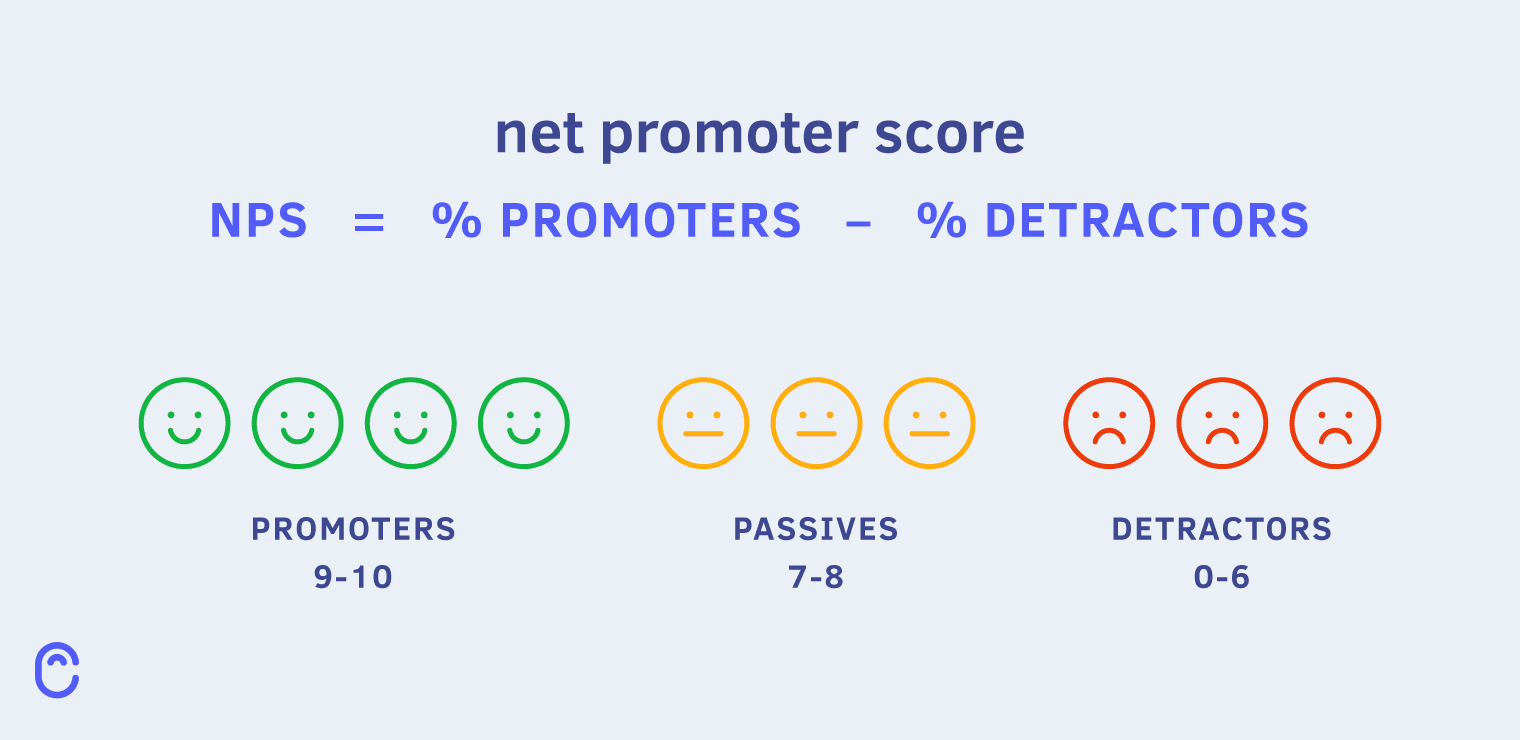
As you can see, there are lots of sources of feedback. To analyze it all better, it’s best to bring it all in one place first. And that’s what Canny allows you to do!
Once you’ve set up a way to receive feedback, you can start digging into your users’ real feelings toward your product.
Customer insights will help you figure out what features to build next and how to increase loyalty. That’s why feedback analysis is so important.
In short, you need to look for patterns, determine your main goal with feedback, and show your customers that you care.
Why does it all matter?
Now all this may seem like a lot of work. Not just collecting, but also processing and making sense of all that feedback? That’s a handful.
The truth is, you’ll end up with more work on your hands if you don’t have a customer feedback program. That’s because people will speak up no matter what. So you, as a product manager, have to manage that feedback anyway.
And if you don’t, you mind end up building features no one cares about.
When you set up a system to collect all that feedback in one place, managing it will become easier. You can even automate certain aspects of it!
While working with that feedback, you’ll uncover valuable insights and customer sentiment. You’ll know what to work on next, relate to your customers on a deeper level, and build a better product as a result!
Now that we’ve covered the importance of customer feedback programs, let’s explore them a little more.
How to ask for feedback
After you’ve decided to build a customer feedback management program, it’s time to collect that feedback. Rather than trying to catch all the ideas that fly at you from every direction, you can set up a system to help you manage it all.
We mentioned a few ways to collect feedback in the systems section. Our favorite, of course, is using a feedback management tool (like Canny!). It shouldn’t be the only way you gather feedback, but we recommend making it central to your system.
Your feedback management system should house all your feedback. Having all feedback in a central spot makes managing and analyzing it a snap.
Here’s how to invite users to submit feedback in your idea portal.
Where to ask for feedback
We’re big proponents of having a feedback button prominently displayed at all times. This will minimize frustration, give users an outlet, and position you as transparent and open.
Other ways of collecting feedback include:
- Survey: NPS, CES, and CSAT are the most popular ones
- Email: distribute a survey, link to your feedback board, and more
- Social media: ask for ideas, redirect to your feedback portal
- Customer support: use chatbots or reach out to customers directly
- Customer review sites: let your customers know they can leave feedback there
- Sales calls: note any feedback or ideas that prospects bring up during sales calls
Let’s illustrate with some examples.
How tech companies collect and action user feedback
Here’s how Missive integrates Canny within their tool. Users can check out their roadmap and submit feedback without leaving Missive. It’s a very seamless experience for their users.
Similarly, Taskade embeds Canny into their site.
ClickUp has a button within their tool that redirects users to their Canny board.
Giving your users an easy way to give feedback will make them much more likely to share their opinions.
Here’s an example of a survey invite from LinkedIn. It quickly explains why this survey is important, how long it’ll take, and where the feedback data will be used.
Now let’s discuss the best time to ask for feedback.
When to ask for feedback
The most common advice is – ask a happy customer for feedback.
However, we believe you can learn even more from unsatisfied customers. Sure, public reviews are better when coming from happy clients. But, if you’re interested in improving, ask someone who’s not 100% satisfied.
You can set up triggers that automatically ask for their feedback after they perform a certain action. For example, they’ve just interacted with your customer support agent. Now you can ask them to review the conversation.
Another idea: ask for feedback on an anniversary of using your product. You can also make it a big deal and congratulate your users! Make them feel special, and then ask for something.
If you’ve just introduced a new feature, you can collect feedback after someone uses it. It’ll help you determine whether it’s a successful feature or not. It can also guide you towards improving it.
Now let’s discuss what you can ask to get the most useful type of feedback.
What to ask
Here are some common questions for you to consider. We use many of these during case studies, check-up calls, renewal calls, and so on.
Whenever and wherever you ask for feedback, think of your primary goal, and try to phrase your request very clearly.
Don’t use all of these questions at once though! Pick the ones that matter the most to you right now.
“When planning your customer feedback interviews, be sure to document internal assumptions and biases, as these can often turn into leading questions. When you write down assumptions, you’re reminded to validate them, not reinforce them by influencing customers to answer in a specific way.”
Eileen Licitra, Product Marketing Strategist at Insight Out Marketing
Open-ended questions:
- What are you trying to achieve by using our product?
- What challenges led you to try our product?
- How did you find our registration process?
- Is there anything you would change?
- Is there anything that prevents you from using our product?
- What aspects of our product do you like?
- What aspects of our product would you change?
- What improvements would you suggest?
- How is your overall experience with our company?
- Is there anything else you would like to share?
“Pick one option” questions:
- How satisfied are you with our product? (CSAT survey question)
- Very satisfied
- Satisfied
- Neutral
- Dissatisfied
- Very dissatisfied
- How easy or difficult is it for you to solve your issue with the help of our product? (CES survey question)
- Very easy
- Easy
- Neutral
- Difficult
- Very difficult
- How likely are you to recommend our product to others? (NPS survey question)
- How responsive are our customer service representatives?
- Very responsive
- Responsive
- Neutral
- Unresponsive
- Very unresponsive
Remember only to pick the questions that help you achieve your immediate goals.
With Canny, you can create an open invitation for feedback. You won’t need to send out separate surveys and think about what to ask. Your users will submit their opinion when they have something to share. That feedback can come from your chatbot, your sales rep, your support conversations, and more.
Tips for managing and organizing feedback
Collecting feedback is a lot of work. But the real work begins when you start processing it.
Once you receive feedback, it’s easy to get overwhelmed. Especially if you’ve implemented a few of the systems we mentioned above.
Suddenly, you might feel like there’s too much feedback, and it’s coming at you from all directions.
It’s true – managing feedback can be a challenge. But it doesn’t have to be.
You need to set up a feedback management system. Ideally, all feedback is in one place, and you can quickly identify patterns. A good system will help you manage duplicate feedback and track how many customers voted for it.
With Canny, you can do exactly that.
Canny connects to many different tools and helps you with gathering customer feedback.
You can also invite your users to submit feedback directly in Canny, upvote existing ideas, comment, and discuss with each other.
Then, you can see which feedback’s getting traction and focus on that.
To make it even better, you can prioritize your feedback based on custom criteria and select the winning ideas.
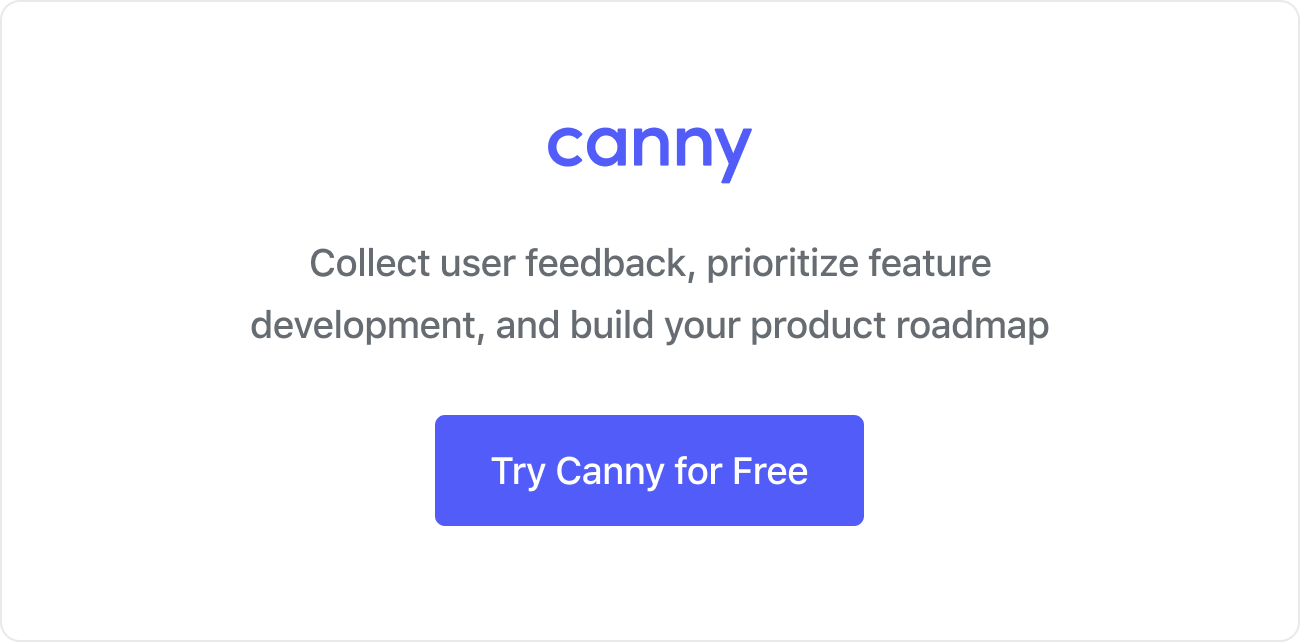
Things to avoid
Making false promises
Sometimes, customers get their hopes up. If you’ve done a good job, they know you listen to their feedback and genuinely care. However, that doesn’t mean you’ll build every feature they request.
Make that clear from the get-go. Explain that you prioritize the most essential features for your business at this time. Ensure them that their opinion matters and that you’ll consider their ideas later. But don’t make promises you can’t keep.
Asking too often
Yes, there’s such a thing as “overcommunicating.” Customers get tired of emails and feedback requests. So, instead of burdening them with those, make your feedback board available to them at all times.
Be strategic with your communications and walk them through how easy it is to leave feedback. This way, they’ll want to do it without reminders.
Close the feedback loop
Remember: managing user feedback is an ongoing process. It’s never set and done. Your product, users, and the environment around you constantly change. So you need to evolve too.
By listening to user feedback and implementing customer feedback programs, you can drastically improve your customer experience.
A happy customer also often makes a loyal customer.
So use the power of customer feedback! And start building better products today. Canny can help you get there. Check out what it can do for you, and book a free demo here.
The post Why customer feedback is essential: the ultimate guide to effective feedback programs first appeared on Canny Blog.
The post Why customer feedback is essential: the ultimate guide to effective feedback programs appeared first on Canny Blog.
]]>The post The 2023 guide to product prioritization + the best frameworks first appeared on Canny Blog.
The post The 2023 guide to product prioritization + the best frameworks appeared first on Canny Blog.
]]>Especially when the economy is unstable, prioritizing the most impactful projects is key. Optimizing resources really comes down to feature prioritization as well.
But what exactly is product feature prioritization and how do you approach it? We’re breaking it down in this blog post – keep reading!
What is product prioritization?
Product prioritization is the process of deciding which features to develop first. Usually, a product manager assesses the potential impact on the user and the business when prioritizing.
They consider factors such as:
- Customer need
- Market demand
- Technical feasibility
- Resource constraints
- Potential benefits versus the costs
The goal is to determine the most valuable and achievable features to build. Essentially, it’s deciding what to work on first to ensure the most significant benefits.
We recently held a webinar around resource optimization and prioritization. Product experts from Salesforce, Google and Mastercard joined us to talk about it. Check out the recording.
Why product prioritization matters
When you don’t prioritize, you essentially rely on your intuition. You might think that you know your product and your customers best. You may also have a very specific product vision. And you might be getting ideas from lots of different sources.
Ultimately, it doesn’t matter where you get your ideas. What’s important is prioritizing (aka picking the best) ideas. In other words, you need to have an objective way of determining which features are the most important.
Here are a few reasons to prioritize:
- It helps your product team focus on developing the most valuable and impactful features from the product backlog
- It saves time and resources by avoiding wasted effort on low-value features
- It can help ensure that user needs are met, leading to higher customer satisfaction and retention
- You can stay competitive by delivering features that meet market demand
- You can prioritize features that generate the most revenue or cost savings
All in all, there’s no reason not to prioritize. But how exactly do you do that? Well, there are many different ways. And we’re going to break down the most popular and effective ones.
Models/frameworks
Most product managers rely on a specific framework to prioritize. These systems essentially help you make sense of the mess that idea management could become. Without a working system, it’s easy to get overwhelmed, miss important requests, and lose alignment with the team.
When you adopt one, or a few, of these prioritization methods, you can see the value of each idea. This, in turn, helps you plan and prioritize your overall roadmap.
Let’s go over some prioritization frameworks and models to help you prioritize product features.
Keep in mind your overarching product strategy when selecting a model. You’ll likely find that certain models fit better with your workflow.
RICE
Intercom introduced the RICE model, which is now one of the most popular ones. It uses four main factors to rate any project or idea:
- Reach – how many stakeholders will this affect?
- Impact – how important is this feature to your customers? (low, medium, or high)
- Confidence – how sure are you that your reach and impact estimates are correct? (%)
- Effort – how many people need to be involved? How many days, weeks, or months will this take?
After you’ve estimated all of these numbers, you can calculate the score using this formula.
RICE = (Reach x Impact x Confidence) / Effort
Example
Let’s walk through an example.
Reach: How many users will this feature affect?
Score: 6 (the feature will affect a significant portion of your user base, but not everyone)
Impact: How much will this feature affect the key metric you’re trying to improve?
Score: 9 (the feature has the potential to significantly increase revenue)
Confidence: How confident are you in your estimates of reach and impact?
Score: 7 (you’re fairly confident in your estimates, but there’s still some uncertainty)
Effort: How much effort will it take to build this feature?
Score: 4 (the feature is fairly complex and will require a significant amount of development time)
To calculate the RICE score for this feature, you simply multiply the scores for each factor together:
RICE score = 6 * 9 * 7 / 4 = 94.5
Based on this RICE score, you might decide to prioritize this feature over others with lower scores. However, you would also want to take into account other factors, such as strategic alignment and resource availability, before making a final decision.
Remember: you can determine what each of these factors means to you.
For example, “reach” can be the number of new customers you expect to get after shipping a new feature. Or maybe it’s the number of new leads that will come.
Same with effort – some choose to focus on the hours it’ll take. Others focus on how many people need to be involved. And some combine these two to get a “person-months” number. Choose what makes the most sense to you.
Pros: Bird’s eye view. This framework helps you see the product from different perspectives.
Cons: Time – this framework is time-consuming. It’s also not 100% accurate since it relies on estimates.
Best suited for: established products. You need existing data to make future projections with this model.
ICE metric
If you liked the previous framework, but want something a bit simpler, ICE might be the model for you.
This scoring method ranks the impact, confidence, and ease of building a particular feature.
ICE score = impact * confidence * ease
Pros: quick and simple
Cons: subjective
Best suited for: time-sensitive projects, picking a winner out of a few already shortlisted options
Example
Imagine you’re considering three ideas:
- Billing system improvements
- Adding a community tab
- Updating receipt design
Here’s how you could use ICE to score these ideas.
Community tab is the clear winner here.
Impact–Effort matrix
Aka effort-impact or a 2×2 matrix. It’s also sometimes called value vs. complexity/effort/impact matrix. It works particularly well for visual thinkers (marketers or designers for example). This matrix shows how the value (impact) of a feature relates to the complexity of development (effort). Here’s how it works.
- The product manager starts with a hypothesis and outlines all the required features
- Product teams that will work on this project (product, engineering, design, etc) vote on where to place each feature on the impact and effort dimensions
Every feature ends up in one of the four quadrants:
- Quick win – low effort and high impact
- Big bet – high effort and high impact
- Fill-in – low effort and low impact
- Money pit – high effort and low impact
Example
Let’s say you are a product manager for a mobile app. You have these four potential features to prioritize:
- Add search functionality
- Create a new onboarding flow
- Allows users to save items to a wishlist
- Redesign the homepage
Rate the impact and effort: For each feature, you need to rate the potential impact on your app’s success. You also have to rate the required effort. You can use a scale from 1 to 10. It’ll look like this:
Then, to make it even more visual, you can create a 2×2 matrix like this.
Based on this matrix, you’ll prioritize search functions, followed by the new onboarding flow. And, thanks to this exercise, you can tell that a wishlist feature isn’t the best idea right now. Homepage redesign might be nice, but it’s not worth the effort right now either.
Pros: easy to use and understand. It’s visual and intuitive.
Cons: limiting with a high emphasis on impact. Not every good idea will have a high impact.
Best suited for: projects with only a few features. Otherwise, it can get pretty confusing.
When you have many features in each quadrant, you need to somehow score them further. For example, you can use the next prioritization method.
Feasibility, Desirability, and Viability (FDV) scorecard
Using this method, you score each feature idea from 1 to 10 and try to assess whether it’s feasible, desirable, and viable. Here’s what it all means:
- Feasibility – do we have enough resources, skills, time, tools, storage, people, etc to build this?
- Desirability – do our users really want this feature? Does it solve their problem? Viability – will our users pay for the feature? Will it bring significant ROI?
To use this scorecard, create a simple spreadsheet or a table and assign a score to each potential feature. Then add them all together. Have an open discussion with everyone who’ll be involved in the development.
Example
Let’s walk through an example of four potential features that an ecommerce company might want to prioritize.
In this scenario, the mobile app wins.
Pros: puts customers in the center and considers potential risks.
Cons: relies heavily on qualitative data.
Best suited for: high-level discussions.
If you don’t have enough customer feedback, it might be challenging to accurately assess desirability and viability, though.
Weighted score
In this model, you give each feature a score based on two things: its importance, and how well it meets the needs of the user. Then you multiply the scores by the weight. This helps you rank the features in order of priority (higher scores = greater value to the customer).
Pros: Flexible, objective and comprehensive
Cons: Complex to set up; omits qualitative data
Best suited for: teams that have time and resources to set it up and adjust along the way
Example
What we love about this approach is that we can select our own criteria. Here’s how we made it work for us.
We took the factors that mattered the most to us and assigned a score to each of them (up to 100%). For example, we weigh more urgent items (priority) higher than design readiness.
That’s because urgent means it will no longer be relevant if we miss the window. Other projects may suffer, and we might need to reallocate resources to make this one happen fast. But, based on our calculations, it’ll be worth it in the end.
We add these factors to our prioritization formula in Canny. It then scores ideas for us and tells us what the biggest priority should be. From there, it’s easy to add the winning ideas to the product roadmap and get to work.
We feel like this particular system gives us and our clients a good idea of what matters most at any given time.
You can also adjust the criteria and the weight as you progress and your priorities change. Each team and project might have different criteria, and this method allows for that flexibility.
It could be difficult to assign weight to each impact factor, though. So discuss it with your team to get alignment from the very beginning.
Cost of delay
“Cost of delay is a way to communicate the impact of time on the outcomes the company wishes to achieve.”
Joshua Arnold, CPO at Apex Group
Cost of delay framework helps you assess the cost of not finishing a project or feature. Maybe you choose to postpone, but you’d like to understand what it will cost you. If so, this is the model for you.
Here’s the formula and how to use it:
- Estimate revenue per unit of time (how much additional revenue can you expect every month if you had that feature)
- Estimate the time it will take to develop that specific feature
- Divide the estimated revenue by the estimated time = cost of delay
Cost of delay = Estimated revenue / estimated time
Pros: focuses on money
Cons: subjective without accurate metrics
Best suited for: new product launches and other time-sensitive projects
Example
Your competitor releases a cool new feature and is luring in your clients. You need to react and build a similar feature or at least offer an alternative.
Your sales team also hears about this feature from prospects. You work together to estimate how much money you’re losing to competitors. At the same time, you can calculate how much additional MRR you could make if you had this feature.
Then you estimate that your engineering team would need about 5 weeks to develop a similar feature.
Finally, you divide the potential MRR by those 5 weeks and get your cost of delay.
Keep in mind: estimating monetary value is effective, but also subjective. Talk to your sales team and invite them into the conversation. They can help you understand the associated deal value.
Weighted shortest job first
Weighted shortest job first is a part of the SAFe Lean-Agile framework. It uses the cost of delay from the previous section. With this framework, you’d divide the cost of delay by job duration. This framework is similar to value vs complexity, but is a bit more detailed. Here’s the formula.
WSJF = CoD/Job duration
Pros: Focused on ROI, consistent
Cons: Time-consuming to calculate
Best suited for: minimum marketable features
Example
Let’s illustrate with an example using three ideas.
Based on the calculated WSJF scores, you would prioritize the tasks in descending order of their scores:
Idea 3: WSJF = 480,000
Idea 2: WSJF = 80,000
Idea 1: WSJF = 50,000
MoSCoW method
This product prioritization framework is great because it’s also fairly simple. The idea is to use plain language and categorize all ideas into:
- Must have – features that make or break your product
- Should have – important but not vital features
- Could have – nice to have ideas
- Will not have – think back to the money pit examples from the Impact-effort matrix
Pros: flexible, collaborative, simple and quick
Cons: subjective, lacks big picture perspective
Best suited for: mature products
Example
Here’s how we would categorize our Canny features using this method.
This analysis is especially useful if less technical team members are involved in a project. Be careful though: it’s easy to end up with too many must-have features.
Kano model
This model helps you figure out what features are most likely to satisfy customers. Then you weigh that against the investment to build the feature. It helps you determine which features are the most important to your customers. Knowing that you can truly build the right features that improve the customer experience.
Using the Kano model, you can group potential features into categories. For example, the categories could be:
- Delight customers
- Satisfy customers
- Disappoint customers
This model, unlike others, doesn’t have a specific formula. Instead, it utilizes a two-dimensional graph to plot customer satisfaction against the presence or absence of a particular feature. The results are then categorized into the five Kano categories: delighters, performance, basics, satisfied, and dissatisfied.
Pros: puts customers first
Cons: time-consuming and biased
Best suited for: startups striving to generate user feedback
Example
A product manager is working on a new feature: playlist recommendations in the music streaming app. Here’s how they’d use the Kano model.
- Interview customers about this potential feature
- Plot customer sentiment on a chart like the above
This way you can prioritize and focus on developing features that fall into the delighters and performance categories to maximize customer satisfaction.
Eisenhower matrix
This matrix helps separate ideas based on their importance and urgency.
“I have two kinds of problems: the urgent and the important. The urgent are not important, and the important are never urgent”
Dwight D. Eisenhower, US President
You can visually plot ideas on a 4-section diagram.
The outcome of this exercise would be:
- High priority: very important and very urgent
- Medium priority: important but not urgent
- Medium priority: urgent but not important
- Low priority: not urgent and not important
Pros: plain, open, and business-targeted
Cons: lacks the technical aspect, a bit oversimplified
Best suited for: more stable environments
Example
Let’s illustrate with these four example tasks:
Idea 1: Fix critical security vulnerability
Idea 2: Implement new feature requested by a key customer
Idea 3: Review and update documentation
Idea 4: Organize team meeting to discuss future roadmap
Here’s how you’d plot them.
Walking skeleton
The walking skeleton method is common when developing MVPs. It helps to define which ones are absolutely critical for the product to work.
The walking skeleton represents a small implementation of the system with only a small end2end feature. It does not use the final architecture yet. At the point of production, it has the first connection with all the architectural components of the system. Later, the architecture and functionality evolve and grow together. This method is also the proof of concept.
Pros: fast prioritization and market validation
Cons: limited functionality
Best suited for: MVPs (minimum viable products)
Example
Here’s how you can use the walking skeleton method.
- Define product scope: get clear on the overall vision and goals of the product. Identify the core features and functionalities.
- Identify key user journeys: determine the critical user journeys that the product needs support. These are typically the most important paths that users would take to achieve their goals.
- Prioritize minimum functionality: prioritize the essential features and functionalities. Focus on building the absolute minimum set of features necessary to create a working product.
- Create the walking skeleton: create a functional end-to-end system that supports the core user journeys. It’s OK if it lacks additional features or polished interfaces.
- Gather and validate feedback: validate your skeleton with users, stakeholders, or early adopters. Gather feedback on the usability, performance, and overall experience of the core product. This feedback will help shape future development and prioritize additional features.
- Iterate and expand: Based on the feedback, iterate and expand upon the walking skeleton. Gradually add more features and functionalities. And don’t forget to address any technical challenges or usability issues you discovered during the initial implementation.
Story mapping
Story mapping technique starts with the product backlog and takes it to the next level. Through story mapping you can determine your next product iteration.
The product team maps out users’ interaction and usage of the product. They focus on the significant steps first, but also break them down into individual stories for each customer cluster. Here’s how:
- Horizontal axis: create a series of sequential categories that represent each stage of the user’s journey
- Vertical axis: prioritize these tasks from top to bottom
With the story map, you’ll get a visual and logical sequence of the user experience. This will help you determine which stories are a high priority.
Pros: you can quickly identify an MVP, collaborate with your team, and put your customers’ experience first
Cons: avoids external factors like complexity
Best suited for: MVPs
Example
Here are the detailed steps you’d take to create a story map:
- Define the user journey(s).
- Break it down into detailed steps and plot them on the horizontal axis.
- Add user stories and plot them on the vertical axis. When thinking of user stories, try to answer this question: what feature or functionality can support this step?
- Prioritize user stories. Consider factors like customer value, business goals, technical feasibility, and dependencies.
- Plot stories in order of priority: higher priority – top, lower priority – bottom.
- Get to work: focus on the high-priority user stories at the top of each column.
- Reiterate: keep adding to the story map, and reprioritize as needed.
Opportunity scoring
This method is also known as opportunity analysis or gap analysis. It comes from Anthony Ulwick’s concept called outcome-driven innovation.
In short, Ulwick says that customers buy things to get certain jobs done. He goes on by saying that customers aren’t very good at coming up with solutions to their problems. Still, their feedback is very important. And we agree!
So you can use this feedback to list ideal outcomes. And after that you survey your customers, asking them:
- How important is this outcome or feature?
- How satisfied is the customer with the existing solutions?
Then, you can apply the numbers to the following formula:
Importance + (Importance – Satisfaction) = Opportunity
You can now rank different ideas or opportunities based on potential satisfaction and importance. To make it easier, you can plot the answers along the chart.
At this point, you should be able to see the features that matter the most to the customers but have low satisfaction scores within your product. This is a clear indicator to prioritize these features.
Pros: easy to visualize, categorize, and quickly identify innovative solutions
Cons: biased based on survey results
Best suited for: products with lots of potential features and a large and engaged existing customer base
Example
- Define opportunities
Identify a list of potential opportunities or features to evaluate and prioritize. For this example:
- Opportunity 1: improve search functionality
- Opportunity 2: enhance mobile app performance
- Opportunity 3: build a new integration
- Assign importance and satisfaction ratings
Rate each opportunity on a scale of 1-10
- Importance (or potential value of the opportunity)
- Satisfaction (current level of satisfaction or fulfillment of the opportunity)
Let’s assume the following ratings:
- Opportunity 1: Importance = 9, Satisfaction = 3
- Opportunity 2: Importance = 7, Satisfaction = 5
- Opportunity 3: Importance = 8, Satisfaction = 2
- Use the formula
- Opportunity 1: 9 + (9 – 3) = 15
- Opportunity 2: 7 + (7 – 5) = 9
- Opportunity 3: 8 + (8 – 2) = 14
- Prioritize opportunities based on the scores
- Opportunity 1 (15)
- Opportunity 3 (14)
- Opportunity 2 (9)
Product tree
This is a highly visual way of prioritizing. The goal is to “prune” the tree. Here’s how.
- Draw a tree
- Add existing product features to the trunk of the tree
- Add coming soon features to the closest branches
- Add the rest of the ideas to the further branches
- Involve your team and customers; add their ideas as the leaves of the tree
Once you’re done, you’ll see which branches have the most ideas. This should give you a clearer direction as to where to take your product.
Pros: highly collaborative and visual
Cons: not quantitive
Best suited for: organizations with a large portfolio of products
Example
Buy a feature
This approach involves inviting your customers and other stakeholders to play a game. Here’s how it goes:
- Create a list of features you might want to build
- Assign a monetary value to each (based on effort, costs, time, etc)
- Get a group of people together and give each a set amount of “money” to spend
- Invite them to “buy” features and watch what happens
- Organize and prioritize your features based on which ones were purchased the most
Quick trick: purposefully place some features out of people’s price range. Encourage them to team up and put their funds together if they have to. If that happens, that’s an awesome indicator that a particular feature is super valuable and desirable.
Pros: fun and collaborative
Cons: won’t work for early-stage ideas
Best suited for: polished and ready-to-go features
Jobs-to-be-done framework (JTBD)
This framework encourages product managers to take a step back and dig deeper into customers’ motivations. It originated from Anthony Ulwick’s opportunity scoring that we discussed above. And it’s a bit similar to user story mapping.
A common example is this:
- Someone says they need a drill
- You discover that they actually need to drill a hole in their wall
- As you keep digging, you realize that they want to hang a picture on their wall
- Now you can offer them alternative solutions (double-sided stickers, hooks, etc) and explain that they don’t actually need a drill
To use this framework, you need to develop a job statement. Here’s the formula:
[Verb] + [Object] + [Context]
Check out this episode of Lenny’s podcast featuring a co-creator of this framework (Bob Moesta).
Pros: provides a deep understanding of customers’ motivations and needs
Cons: might get too abstract and high-level
Best suited for: complex or high-involvement products
Example
If you’re building a fitness app, a job statement might be “improve physical health and get stronger”.
You’d collaborate with your team to define how your product can get that job done for a customer. You’d also list some desired outcomes for your customers. Then you’d assess potential importance and satisfaction and prioritize from there.
Priority poker
Here’s another collaborative and fun way of prioritizing feature requests. And here’s how you can use it.
- Shortlist some ideas
- Get some stakeholders together
- Give each of them 20 cards – 2 sets of numbers of 1 to 10
- Introduce the first idea
- Ask the team to lay down a card that represents how valuable this idea seems to them (1 = not valuable, 10 = very valuable)
- Reveal the cards and break people down into smaller groups; let them discuss
- Now ask them to lay down a card that represents estimation (1 = easy task, 10 = very difficult)
- Reveal the cards and break people down into smaller groups; let them discuss
- Add up valuation scores for each idea
- Add up estimation scores for each idea
- Divide the average valuation score by the estimation score
- Repeat for each idea
Pros: fun and interactive
Cons: time-consuming
Best suited for: products with a short list of ideas and lots of resources
KJ method
This method is also known as the sorting method, the matrix method, or the paired comparison method. Here’s how you can use it:
- Brainstorm a list of features
- Gather a few stakeholders
- Write each feature on a separate card or piece of paper
- Shuffle all the pieces of paper
- Ask each person to pick two random cards
- Now this person needs to pick one out of those two features and explain why they chose it
- Repeat
Pros: collaborative and fun
Cons: subjective as only one person makes the decision
Best suited for: products with a short list of already good ideas
Constraints framework
Many methods we’ve described share a similar drawback: they ignore the external environment. Lots of ideas can seem good on paper and rank very high when prioritized. But there are outside factors that can make building this feature very complicated.
That’s why the constraints framework (also known as theory of constraints) exists. It focuses specifically on constraints. Here’s how:
- Identify any constraints you currently face or may encounter in the future – time, budget, resources
- Rank them – either assign numbers to each, or use a weighted ranking system we discussed above
- Compare the constraints’ scores to the features you prioritized
Pros: includes the external environment
Cons: limited scope lack of precision
Best suited for: choosing the basic features for an MVP
How to choose a prioritization model
As you’ve read through these prioritization models, maybe some particular ones jumped out at you. If not, don’t worry – we’ll help you choose!
To select the right prioritization model or framework for your business, consider the following factors:
- The nature of the tasks you need to prioritize
- The goals you want to achieve through prioritization
- The resources and constraints you have available
- The team or individuals who will be involved in the prioritization process
- The level of complexity involved in your project or task
For example, if your number one goal this quarter is to retain current customers, maybe the Kano model is right for you. After all, it focuses on delighting existing customers.
Keep in mind: you don’t have to only to pick one. There are so many frameworks for a reason. And different projects, teams and timelines require a different approach. So keep this guide handy and refer back to it when you’re trying to prioritize new ideas.
You can also combine a few of these methods to find what works for you.
Prioritization in action: examples
Here’s how we prioritize at Canny. As we mentioned, we use the weighted scoring model.
First, we outlined the factors that matter to us:
- Votes from users
- Does this feature help to retain current customers?
- Does it help to generate new business?
- Is the idea coming from engaged companies?
- Is it a high priority?
- Is it ready for design?
- Will it help win new business for open opportunities?
- Is the vote coming from a paying customer?
- Does it improve our product roadmap?
- How does it affect our MRR?
- How many employees does this affect?
Here’s what it looks like.
As you can see, you can be as detailed or high-level as you’d like. Typically, companies start high level and then discover what they need to add along the way.
Gathering supporting data
Integrating with other tools makes prioritizing even easier. You know, the tools you already know and love:
- Project management tools: ClickUp, Jira, Monday
- CRMs: Hubspot, Salesforce
- Customer support tools: Intercom, Drift, Zendesk
You can also feed ideas and feedback from these tools to Canny – a user feedback and product management tool. That eliminates a lot of unnecessary work.
For example:
During a sales call, a prospect mentions a specific feature you don’t currently have.
Without leaving Hubspot or Salesforce, your sales rep can log in that feature request and make a note that this deal will help you win new business.
They can also note how much potential MRR this deal can bring.
This is exactly what we do at Canny.
When you’re ready to work on that feature, you can import all the info directly into your project management tool – ClickUp, Jira, Monday, or others.
Key to building a killer product
Product prioritization will help you truly delight your customers. When you prioritize the right projects, you’ll innovate, win new business, and retain existing clients.
There are many ways of prioritizing. You can certainly find a method that works for you. And don’t be afraid to try a few different ones. You’ll only know when you give it a try.
To make it all easier, try a product management tool. Canny will help you streamline all your feature requests and prioritization.
Give it a try for free and see how easy prioritization can be.

The post The 2023 guide to product prioritization + the best frameworks first appeared on Canny Blog.
The post The 2023 guide to product prioritization + the best frameworks appeared first on Canny Blog.
]]>The post Canny in Japan: post-retreat reflections + videos & tips for team retreats first appeared on Canny Blog.
The post Canny in Japan: post-retreat reflections + videos & tips for team retreats appeared first on Canny Blog.
]]>Why retreats?
Our semi-annual retreats have been at the core of Canny since the very beginning. Because we’re all remote, we really need this quality time together. Over the years, we’ve noticed how much closer we all become after spending a week together in an unfamiliar place.

This retreat has been the most logistically challenging one yet.
Preparations
We always start planning our next retreat soon after the previous one is over. So, we started planning for a May retreat in Tokyo in November. We had to consider:
- Visa requirements
- COVID restrictions
- Flights and layovers (we have team members in the US, Canada, Spain, Turkey, and the UK)
- Accommodations for 14 people
- Activities and meals
- Costs for all of the above
So yeah, it was a task and a half. But boy was it worth it! Here’s how we approached it.
How we made it happen
We started by assessing all the costs – of getting there and being there for 9 days. We tracked flights from each location (and scored some sweet deals!) and compared prices for hotels and Airbnbs.
Acommodations
We split the team by departments and booked 2 different Airbnbs (with 5 units in total). Luckily, they were only 5 minutes away from each other. This was very important to scheduling team meetings and hangouts together.

Meals and activities
For meals and activities, we tried to plan in advance. Getting a table for 14 people in a Tokyo restaurant is probably a lot to ask for, so we had to be resourceful.
As soon as we locked down Tokyo as a destination, we created a Canny board for ideas and voting. Yes, we used our own software for retreat planning. 
Anyone could submit ideas and vote on them. That’s how we came up with a shortlist of things to do and see.
We also found and saved some highly-rated restaurants (using Google and Tabelog) in advance. Once we were there, we split into smaller groups to find tables easier.
We booked some activities months in advance – teamLab Planets Tokyo, the Ghibli Museum, and Urayasu Ooedo Onsen. Each of them was incredible!

Important: every activity was entirely optional.
Our team is now quite big, so we had to consider everyone’s preferences. It’s very important not to leave anyone out, but also not to force people to do anything they’re uncomfortable with.
We’re lucky though – our team is usually on the same page, and we all vibe very well together.

Finally, we had a Notion document with some FAQs and important information about Japan. We wanted to ensure that our team understood the culture and that we were prepared and respectful.
Exploring Tokyo
After all the planning, we finally arrived in Japan. A few of us landed earlier to explore beforehand. And, some of us stayed later to keep exploring.
The team met on May 11 and found our way to Komagome – that’s where we were based for the next 9 days.
We chose this area because it’s:
- Quiet
- Has a subway station
- Has lots of food options
- Close to key attractions
As we waited for everyone to arrive, we got some Japanese snacks from 7-Eleven and just hung out.
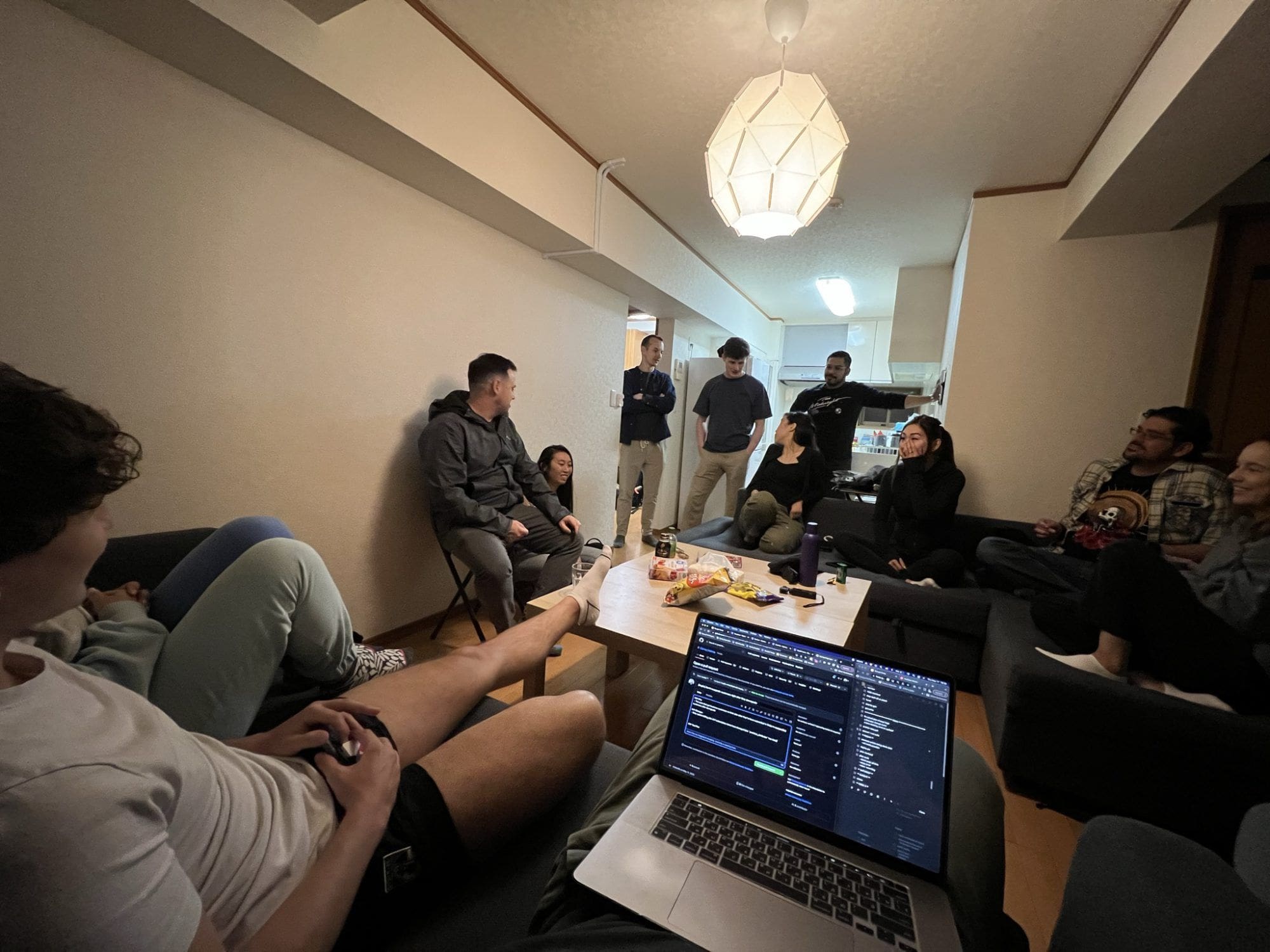
During these 9 days, we saw a lot. In particular:
- Inokashira park
- Ghibli museum
- Shibuya
- Akihabara
- Karaoke 2x
- Urayasu Ooedo Onsen
- teamLab Planets Tokyo
- Arcades
- Kamakura
- Cat cafe
- Shinjuku
We got some rainy days, so we swapped weekends and weekdays to make the most out of this trip.
We tried all the Japanese food we could find and made many memories together.

It’s bound to happen: with such a large group, people can get lost and separated. During our team outings, that happened a few times. Don’t worry – we all found each other in the end!
We came up with an idea for next time – ask people to pair up. This way, if someone’s lost, at least they’re not alone.
You can swap buddies each day too – just to mix it up. We’ll try it next time and will report back!
Working
As always, these team retreats are centered around team collaboration. We had several very productive meetings and brainstorming sessions. Anyone could create and lead a meeting too.
We talked about:
- The future of Canny
- Product specifics and direction
- Pricing
- Operations
- Marketing
- And more
Important: we made sure that each meeting had an owner. It’s easy to get lost in brainstorming and not assign any action items. So we did our best to prevent it.
We also created lots of content, taking advantage of being in such an awesome and unfamiliar place.
Lessons
This trip was a truly amazing and one-of-a-kind experience. Everyone took away something unique and special for them. Here are some of the learnings from this trip:
- Plan in advance, as much as possible
- Don’t assume anything – research all prices, accommodations, and unique quirks about your destination
- Involve team members and plan together
- Be flexible and ready for plans to change
- Be ready to split into smaller groups
- Have an open mind and encourage every team member to do the same
- Rest, try to avoid FOMO, and enjoy
One thing’s for sure: we’re all still in awe of Japan and our team. We’re now extra-motivated to work hard and bring our ideas to life. And, of course, we’re looking forward to our next adventure together.
The post Canny in Japan: post-retreat reflections + videos & tips for team retreats first appeared on Canny Blog.
The post Canny in Japan: post-retreat reflections + videos & tips for team retreats appeared first on Canny Blog.
]]>The post Canny for B2B companies first appeared on Canny Blog.
The post Canny for B2B companies appeared first on Canny Blog.
]]>One powerful tool that can really help is Canny. And in this blog post, we’ll explain how.
We’ll also explore how Canny can help your business thrive, especially in the B2B context. Keep reading!
What is Canny?
Canny is a product management tool focused on user feedback. It’s designed specifically for businesses. It helps companies to collect, manage, and analyze customer feedback effectively.
When you harness the power of customer input through Canny, you can make informed decisions. That helps you improve your products and services.
Understanding the B2B environment
Before we dive into how Canny can assist in growing a B2B business, let’s take a moment to understand what B2B actually is.
In B2B (business-to-business) transactions, companies sell their products or services to other businesses. In contrast, B2C is business to consumer. These relationships are typically long-term and involve larger purchase volumes. Building strong and lasting relationships with clients is vital in this space.
Canny can help you keep, improve, and build more B2B relationships in the following ways.
1. Collecting customer feedback
Canny allows you to gather valuable feedback directly from your clients. Our feedback portal invites your customers to voice their opinions, suggestions, and concerns. This feedback is invaluable in understanding your customers’ needs and expectations.
2. Prioritizing feature requests
Canny enables you to categorize and prioritize feature requests. By analyzing the feedback and identifying patterns, you’ll know exactly what to build. You can focus on developing features that align with what your customers need. This helps to create a more customer-centric product and streamline your business.
3. Enhancing customer engagement
Canny can help improve your communication and engagement with your clients. How?
You can respond to customers’ feedback and update them on feature developments. This level of interaction fosters a sense of partnership and builds trust.
4. Driving product development
You can use the insights from customer feedback in Canny and decide where to take your product. You can also identify:
- Areas for improvement
- New features to incorporate
- Potential product enhancements
This process ensures that your offerings align with your customers’ evolving needs.

5. Demonstrating transparency and trust
With Canny, you can become more transparent.
When you showcase the feedback you’re getting and how you action it, customers start trusting you more. They feel that their opinion matters and that you actually care.
This transparency can become your powerful differentiating factor in the competitive B2B landscape.
Listening to your customers and adapting to their needs is essential for growth and success. Canny offers a comprehensive solution to collect, manage, and analyze customer feedback. These insights you get from user feedback can drive your business forward.
By implementing Canny in your B2B operations, you can:
- Enhance customer engagement
- Prioritize feature development
- Build strong client relationships
So start embracing this customer-centric approach today. It’ll position your business at the forefront of your industry, fueling its growth and profitability.
Get started with Canny for free today!

The post Canny for B2B companies first appeared on Canny Blog.
The post Canny for B2B companies appeared first on Canny Blog.
]]>The post Webinar recap: how to sell more and delight customers through feedback management first appeared on Canny Blog.
The post Webinar recap: how to sell more and delight customers through feedback management appeared first on Canny Blog.
]]>We had the following experts join us:
- Ross Dixon, Director of Sales at OnCall Health
- Jesse Saldana, Director of Product at Givebutter
- Alice Wong, Head of Sales at Canny
Here are the key points from this discussion.
- Feedback comes from many places: customers, marketing, sales, and product teams
- It helps tailor the sales process and improve the product
- It also helps both product and sales understand the customers better
- If you can attach a deal value to a feature request, you can then prioritize feature development with higher revenue impact and align sales and product teams
- Customer feedback can help you uncover gaps in your product
- You can also find upsell opportunities when you build the feature a prospect requested in the past
- Feedback-driven improvements in product features can help prevent customer churn and win back closed lost deals
If you’d like to dive deeper into this topic, watch the full recording here.
Spoiler alert: you’ll hear some really insightful stories and examples, so don’t miss it!
Stay tuned for our next webinar! We’ll be announcing it on our social channels, so make sure to follow us.
Ready to boost your sales with customer feedback management? Canny can help!

The post Webinar recap: how to sell more and delight customers through feedback management first appeared on Canny Blog.
The post Webinar recap: how to sell more and delight customers through feedback management appeared first on Canny Blog.
]]>